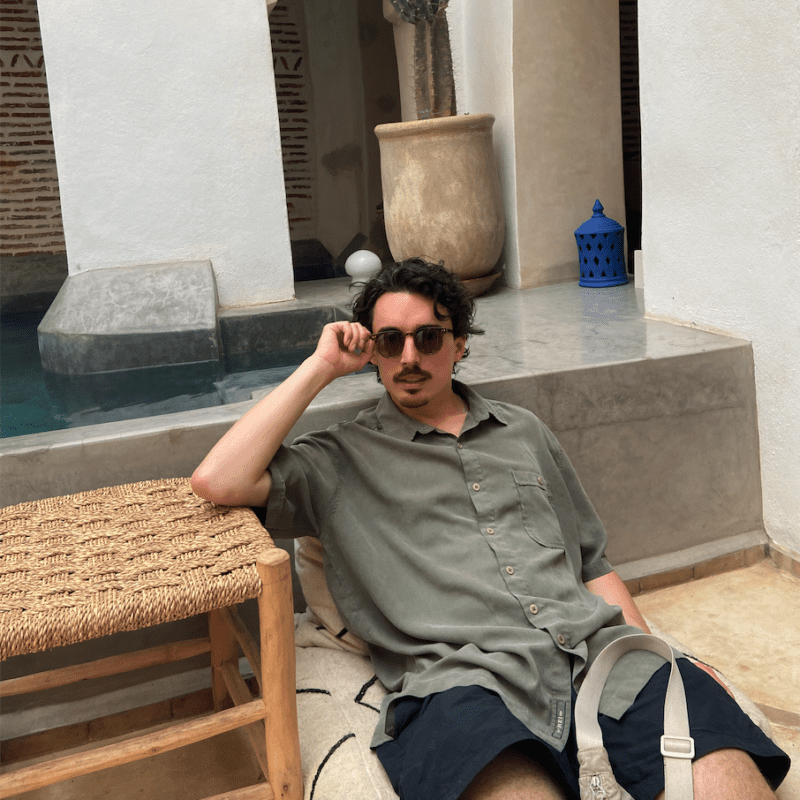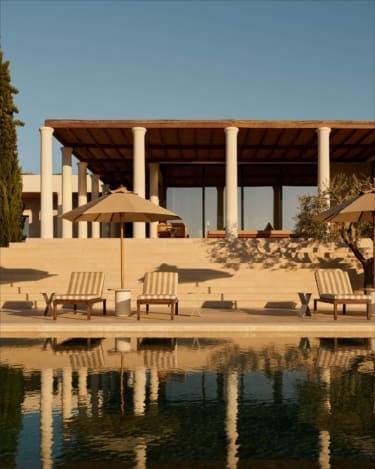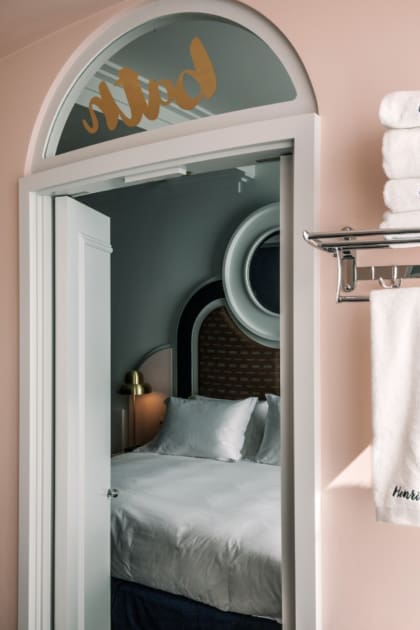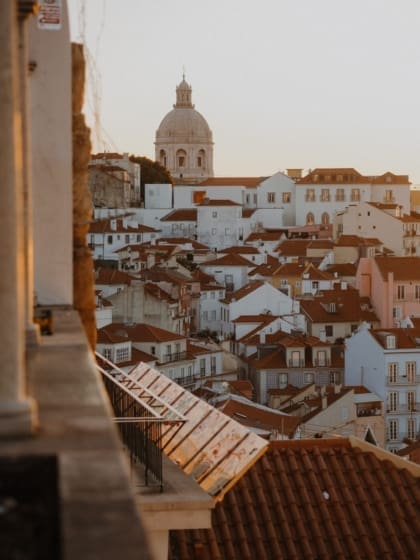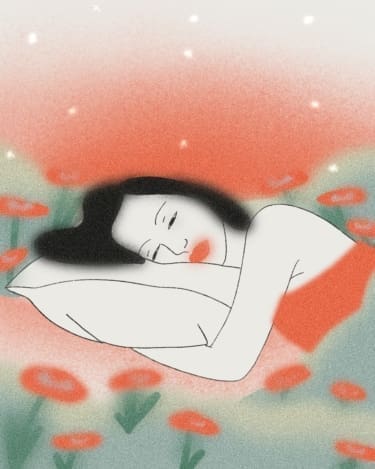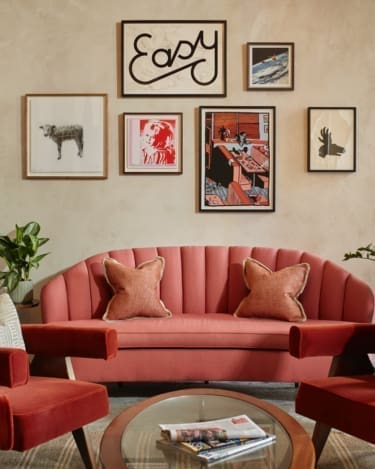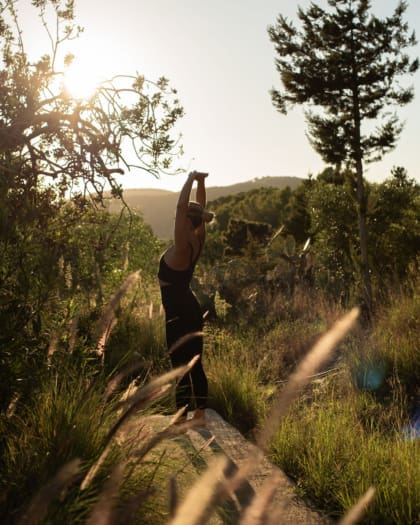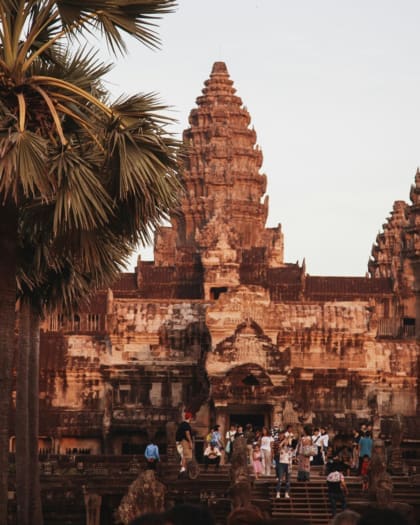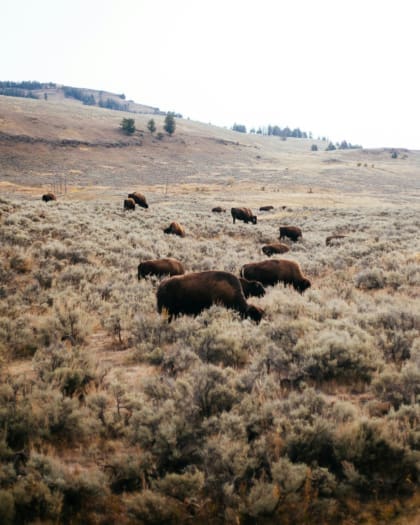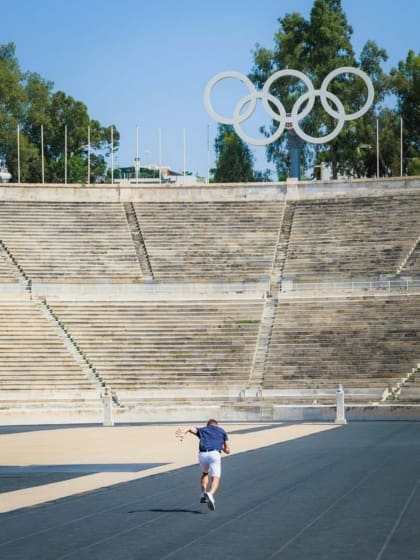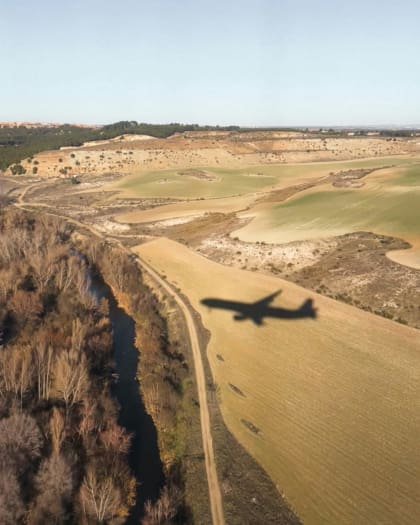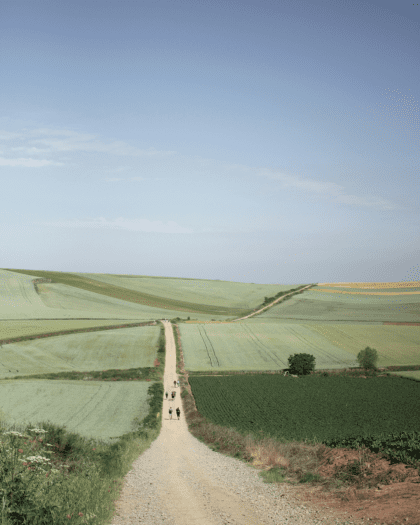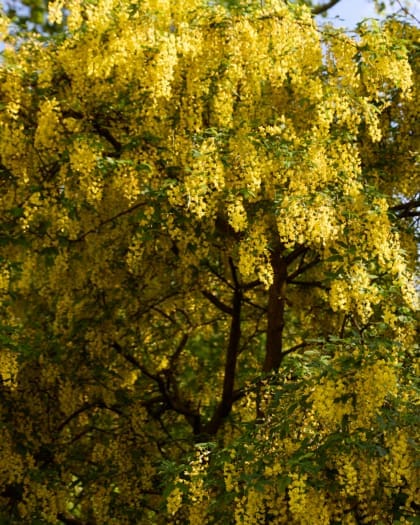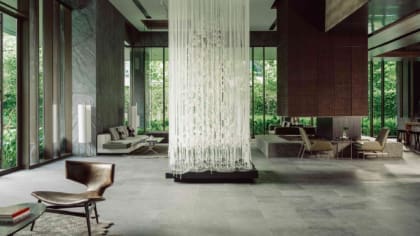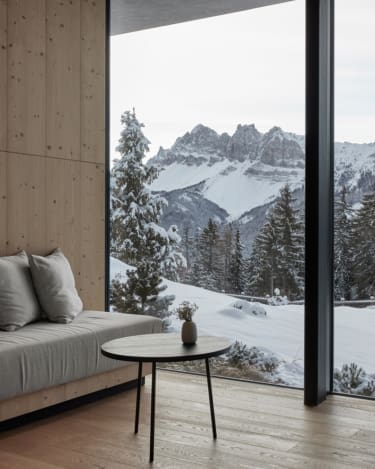
Spectacular ski resorts for a getaway in the Alps this winter
Whether you’re looking for challenging slopes or you’re all about the après, our guide to skiing in Europe reveals the best resorts, hotels and chalets to visit in the Alps, from historic classics to new openings for this season
It’s that time of year, when temperatures drop across Europe, that thoughts turn unerringly to the mountains. And where better to head than the Alps – the cradle of mountaineering and skiing, where snow-capped peaks and dramatic glacial valleys enclose the highest concentration of ski resorts in the world.
We’ve gathered some of the undisputed greatest ski resorts in the Alps for skiing, wellness, and winter charm, as well as some lesser known ski towns in quiet corners of the mountains, and have recommended the best hotels and chalets to stay in, from 19th century grand dames to independent boutiques with contemporary interiors.
Many of these destinations are leaders in sustainability. Les Trois Vallées and Espace Killy in France are run entirely on renewable energy, and their piste bashers have replaced diesel for bio oil, while the Arlberg region in Austria makes use of biomass plants that burn locally sourced wood chip to heat close to 100 per cent of all businesses and homes in the region. Many of these resorts are close to train stations, making it possible to travel from major European cities straight to the mountains without flying.
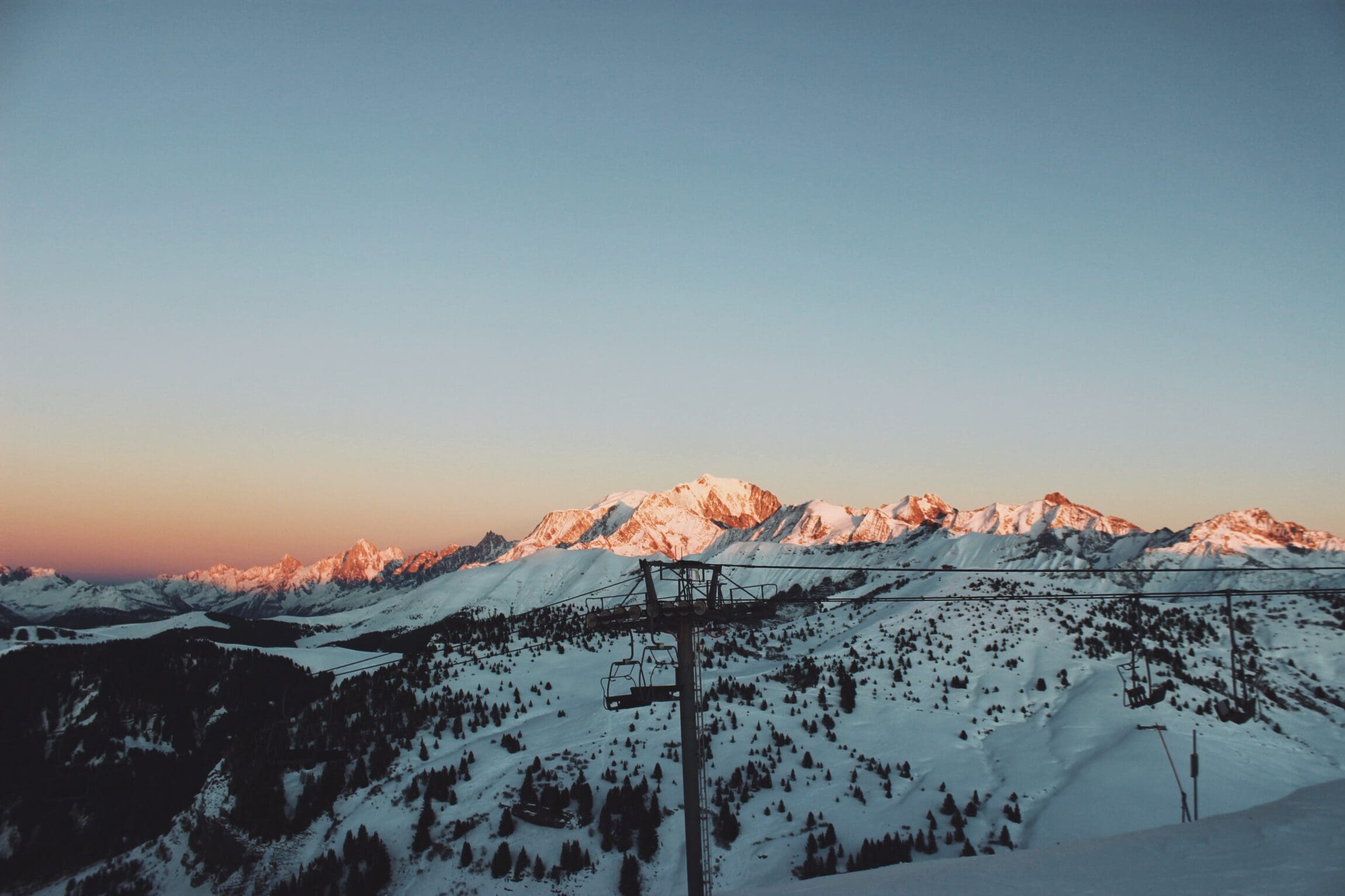
France
Occupying the western part of the range are the French Alps, home to Mont Blanc, the highest peak in Western Europe, and some of the largest connected ski resorts in the Alps. Skiing here is characterised by wide motorway pistes, lively après (La Folie Douce is a classic fixture) and traditional Savoyard dishes such as tangy melted raclette and sizzling tartiflette.
Les Trois Vallées
The largest resort of them all is Les Trois Vallées, stretching from Courchevel, across Meribel, and up to Val Thorens. Since 1971, the entire region has been connected by lifts, making it possible to ski across all three valleys; in the last ten years, the lifts have been running entirely on renewable energy, reducing the resort’s environmental impact.
Val Thorens’s high altitude makes it perfectly suited for skiing directly onto the slopes from your hotel front door, and has a number of bars and clubs for late night antics. Meribel, in the central valley, is one of the most charming purpose-built resorts in the Alps, preserving traditional chalet vernacular across its villages, while Courchevel, a series of four villages split by altitude, is home to some of the most glamorous accommodation.
Moûtiers train station is a 20-40 minute transfer away from much of the resort – far quicker than the three-hour drive from Geneva airport – meaning you can conveniently reach the mountains by train from most cities in Europe.
Aman Le Mélézin, Courchevel 1850
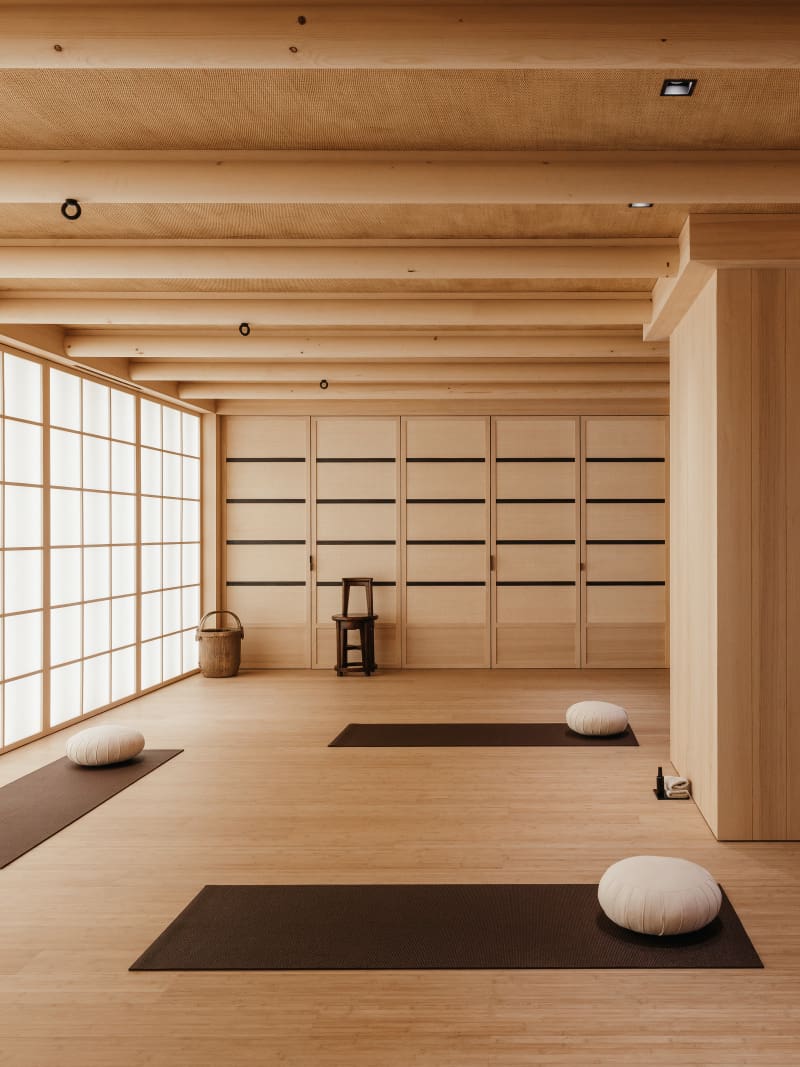
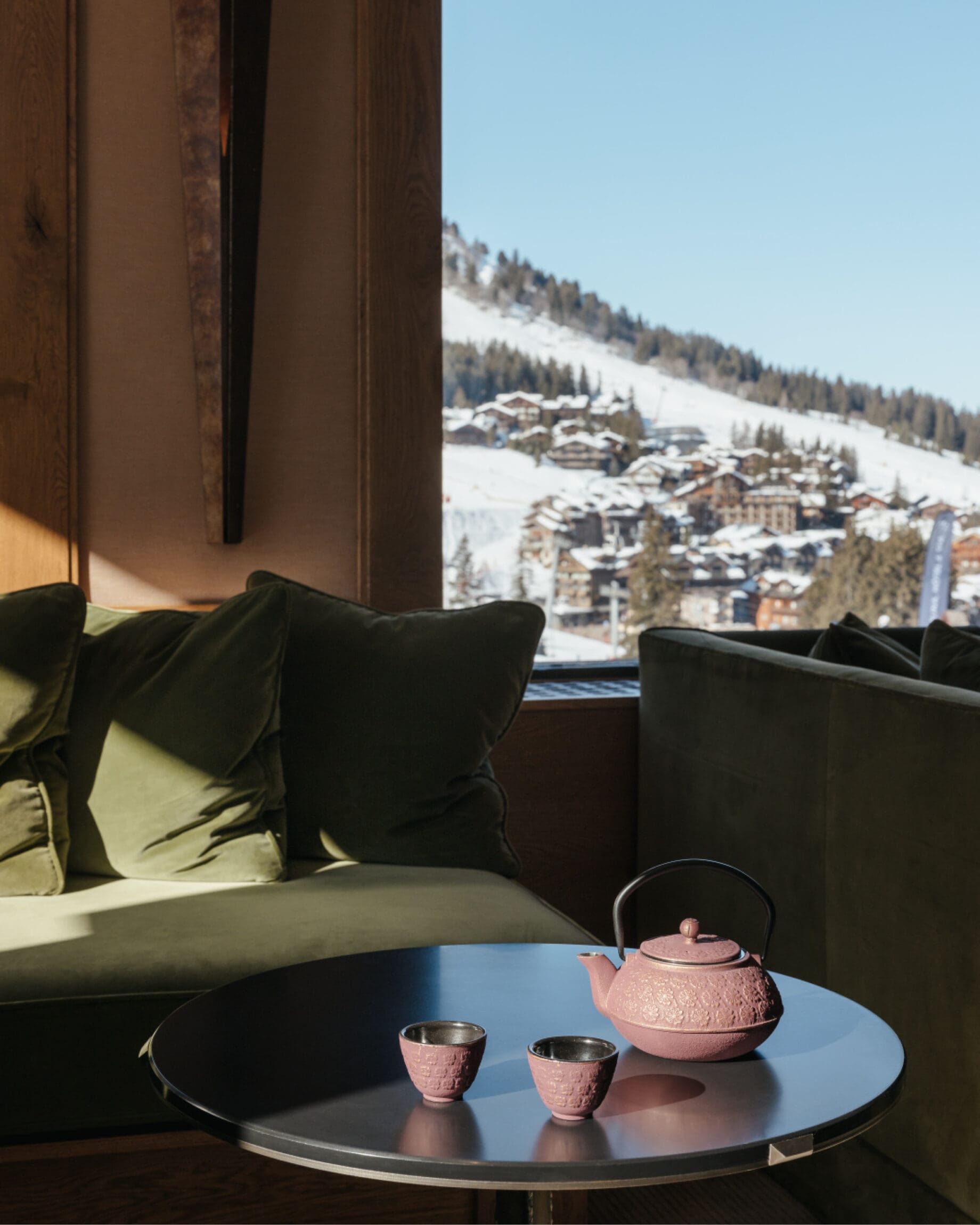
Courchevel 1850, the centre of the resort and the highest of the villages, is the location of Aman’s first alpine destination, Aman Le Mélézin. Set just above town, directly on the pistes, the four-storey 31-room châteaux has all the ultra-luxurious details one can expect from the brand: rooms and suites with private balconies, terraces and steamy hot tubs; a bar, smoking lounge, and Japanese restaurant; and two floors dedicated to wellness, with a spa, hammam, sauna, swimming pool, and gym. There’s also plenty of activities available, including ski lessons or guiding arranged through the hotel, dawn hot air balloon trips, and mountain meals at sunset, transported by horse drawn carriage.
Le Coucou, Meribel
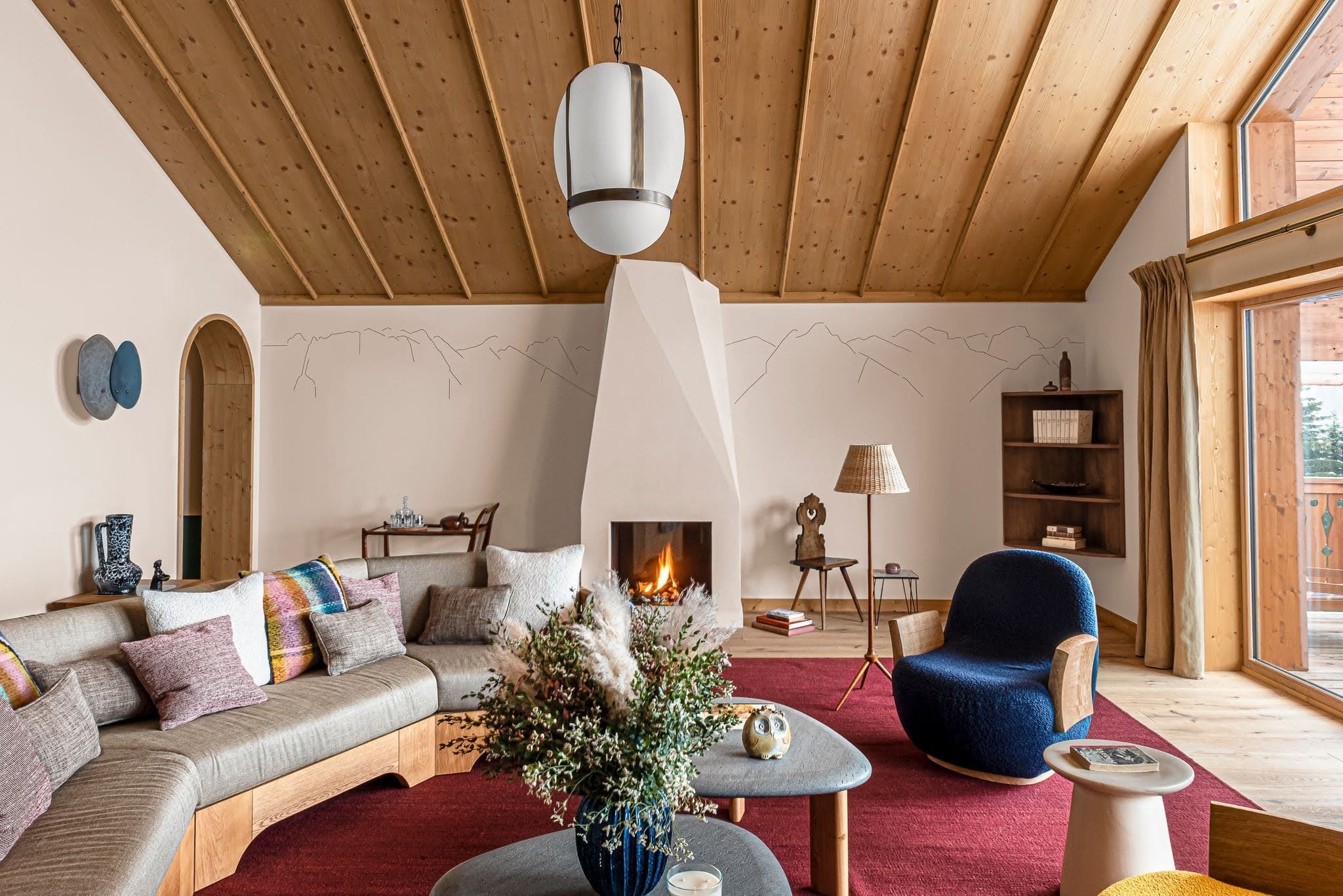
Le Coucou has a ski-in, ski-out position next to Le Rond-Point des Pistes just above Meribel town. From outside, the building’s five pitched roofs ascending up the slope are as traditional as can be, yet stepping inside reveals the playful contemporary interiors of French designer Pierre Yovanovitch. His signature muted pastel palette and playful furnishings abound throughout the 55 rooms, reception area and restaurant. Each of the hotel’s rooms and suites have views of the mountains, valley or piste, and a wide sun-lit terrace adjoins the restaurant for al fresco lunches.
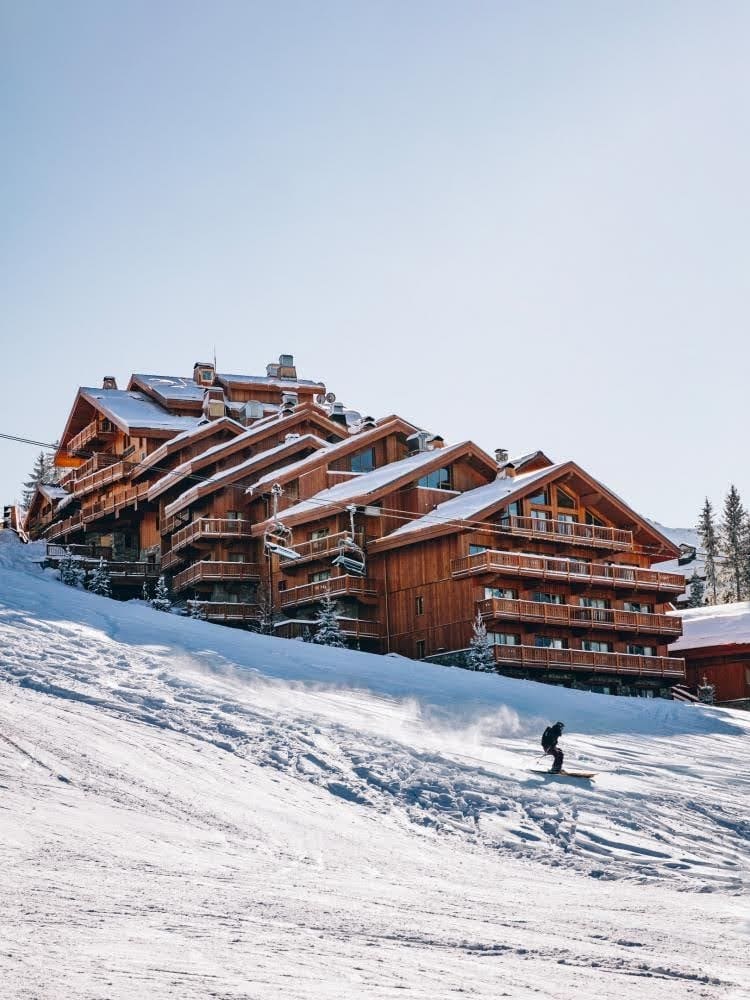
The highlight is quite possibly the two private chalets that adjoin the main hotel. The twelve-bed Chalet Églantine has its own steam room, sauna and treatment room, while Chalet Éléonore adds an indoor swimming pool to the offering, allowing a group to enjoy privacy and all the benefits of the hotel proper.
Hotel Le Fitz Roy, Val Thorens
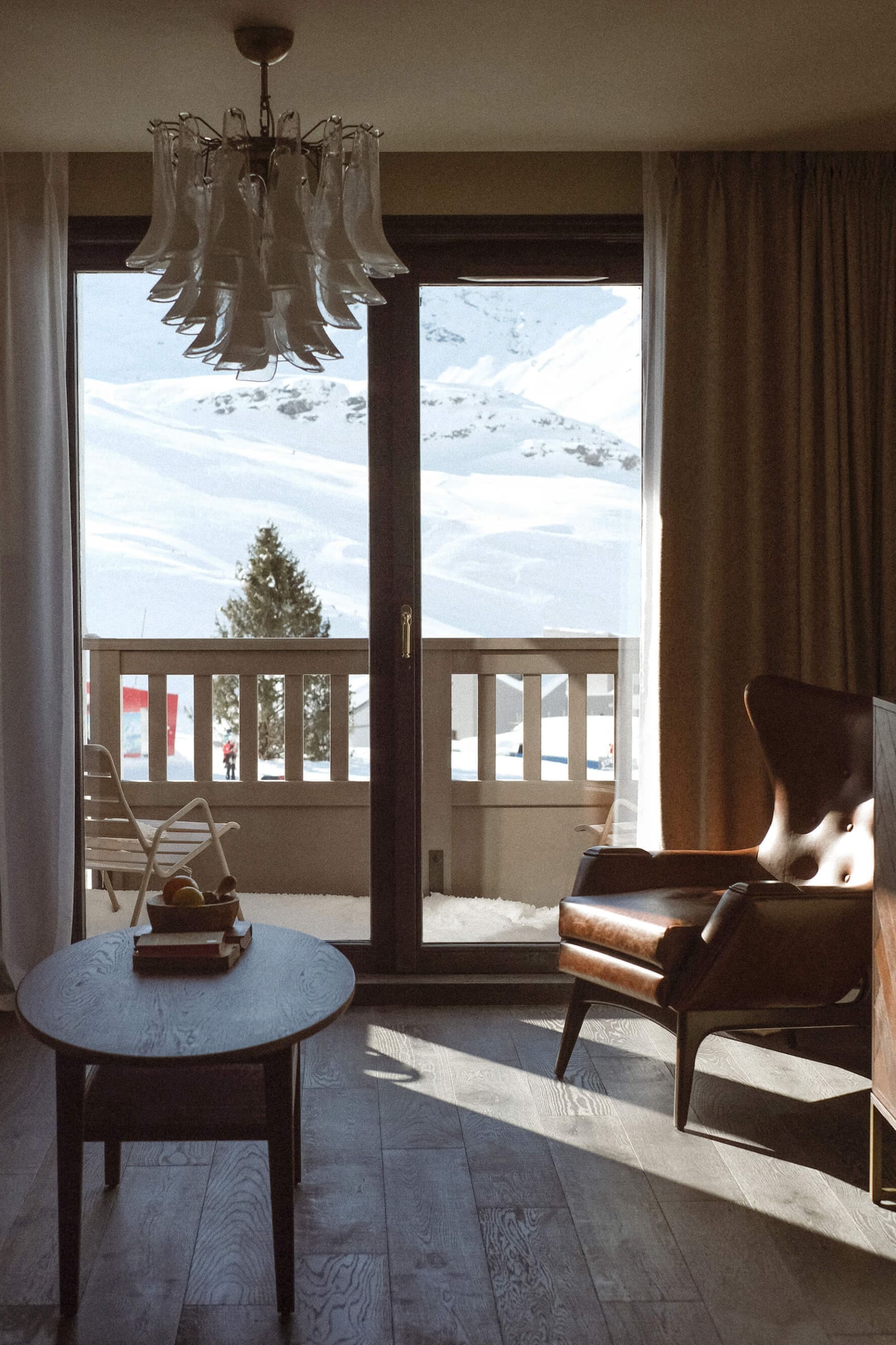
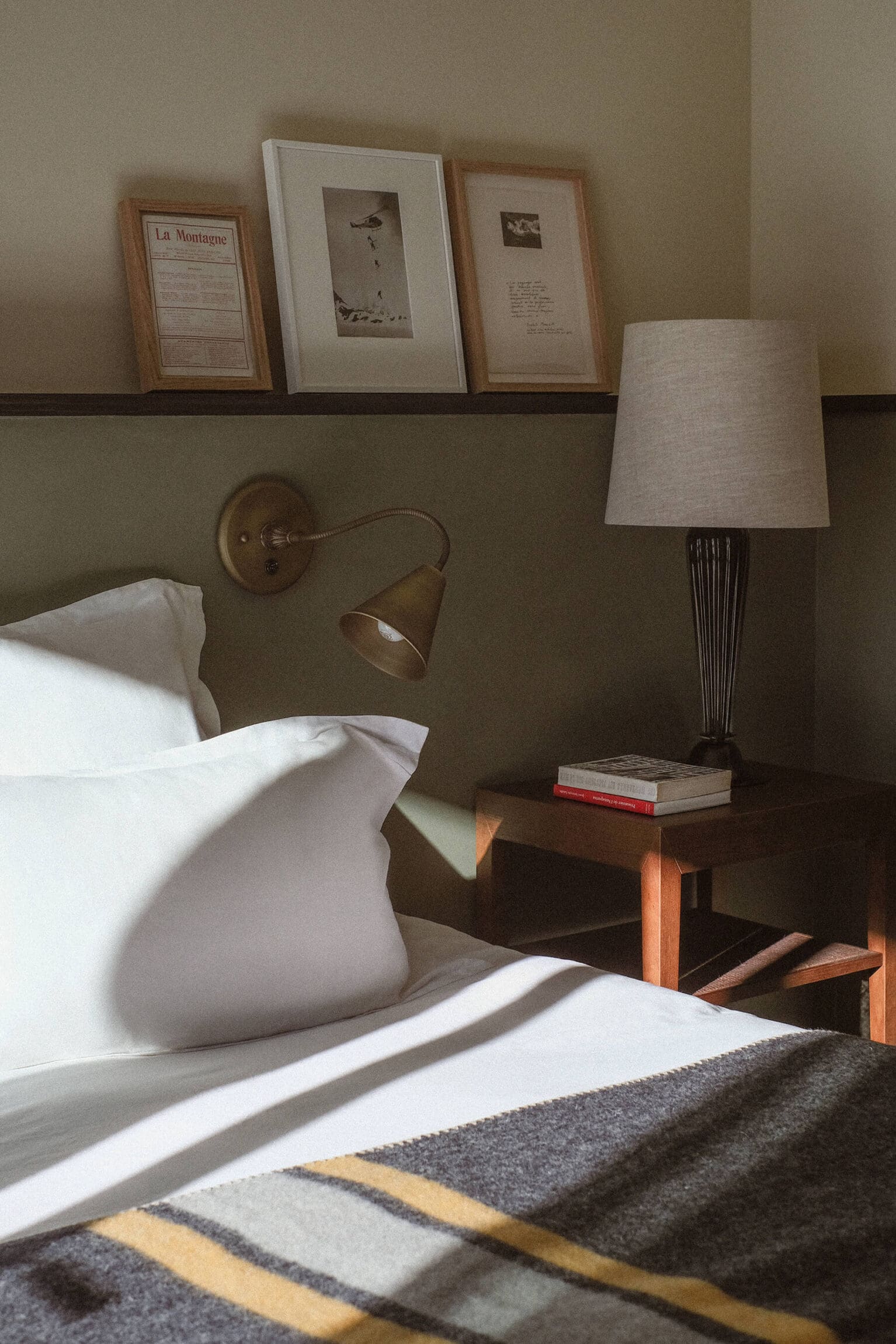
Le Fitz Roy sits right beside the piste in Val Thorens which, at 2300 metres above sea level, is the highest ski resort in Europe. The hotel has 72 rooms, alongside a Turkish hammam and underground heated pool. The white tablecloth restaurant serves classic French cuisine (including an excellent French onion soup) among a warming interior of stone and oak, while a south-facing terrace allows guests to enjoy lunch in the sun. After dinner, collapse into a cosy armchair at Le Roy Bar and order the signature Le Fitz Roy cocktail – a gin sour flavoured with rosemary – and you may be lucky enough to catch a live jazz band performing.
Zannier Hotels Le Chalet, Megève
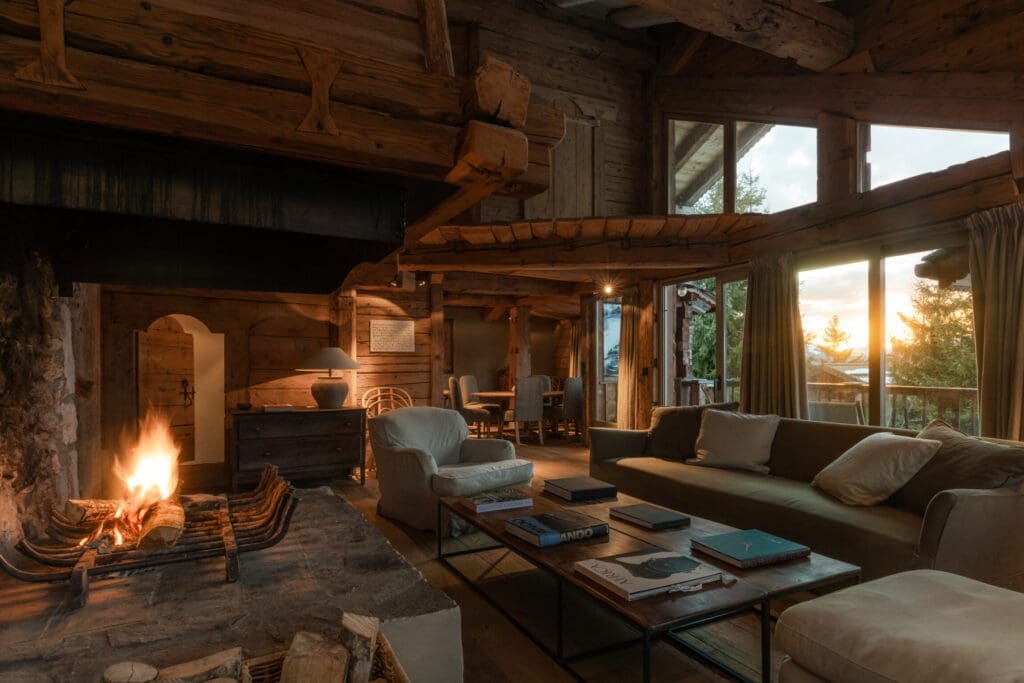
Megève, in the Mont Blanc massif of Haute-Savoie, was the first purpose-built ski resort in the Alps, constructed in the 1920s upon the existing 13th-century village by the Rothschild family as an alternative to Switzerland’s St Moritz. (It’s also the resort featured in the beginning of the 1963 film Charade with Audrey Hepburn.) Its smaller size means it often benefits from quieter pistes compared to its larger neighbour Chamonix.
On a hill above the town, Zannier Hotels Le Chalet occupies three traditional chalet buildings, made up of 12 rooms and suites, a spa, and in-house restaurant, with the option to book one room, or buy out a whole chalet. The interiors marry classic wooden panelling with a wabi sabi aesthetic, replete with slouchy linen sofas, abstract paintings on the walls, and art tomes scattered across coffee tables. If you’re into the interiors philosophy of Axel Vervoordt, this stay could be the Alpine getaway for you.
Espace Killy
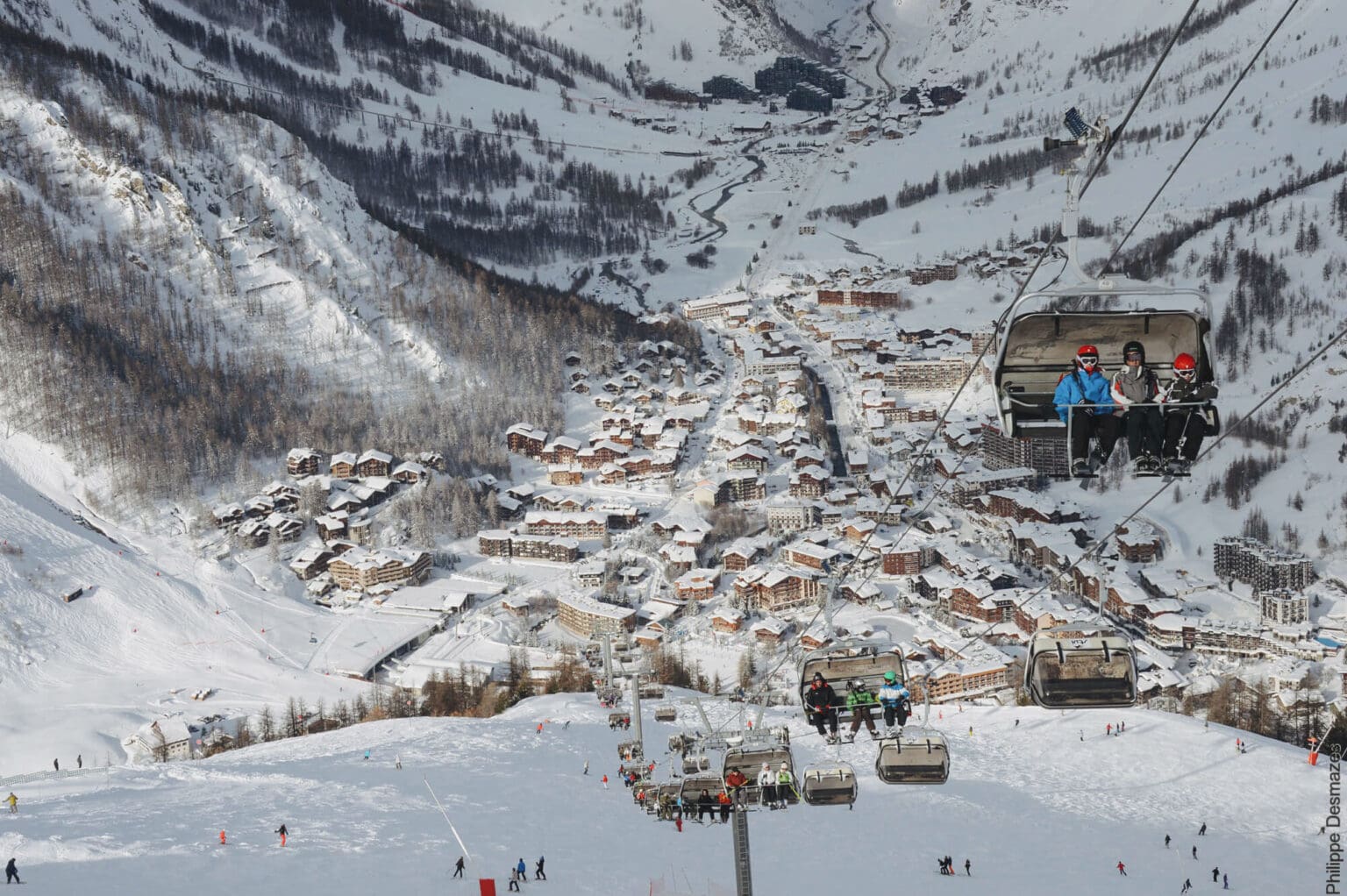
On the edge of the Vanoise National Park, where the Trois Vallées can be found, lies another titanic ski resort: the Espace Killy region, which joins Val d’Isère with neighbouring town Tignes. It’s one of the finest places to ski, oweing to its size, snow certainty and altitude. It also has some of the most charming traditional chalets in the French Alps, and lively après bars on the pistes for glasses of crisp rosé in the sun.
The resort is committed to reducing its environmental impact. The lifts run exclusively on renewable energy, its fleet of piste bashers are fuelled by hydrogenated vegetable oil, and they’ve begun the purchase of electric shuttle buses to transport people around resort, with the aim of having an entirely zero-carbon fleet in 2025.
Bourg Saint Maurice train station is a 40-minute drive away, which connects by high speed rail with Paris, and offers a much quicker transfer time than any of the closest airports.
A.M.A. Selections, Val d’Isère

Luxury holiday rentals A.M.A Selections has a growing portfolio of properties in Val d’Isère and Tignes, as well as in other French resorts like Chamonix, Meribel and Courchevel. The chalets range in size from eight to 18 guests, and all have wooden panelling and exposed beams, comfy rugs and sofas, and cosy fireplaces. Chalet Oxalis overlooks the Isere river, and has a hot tub and sauna, with the option of hiring a private chef to prepare family meals at home.
Airelles Val d’Isère
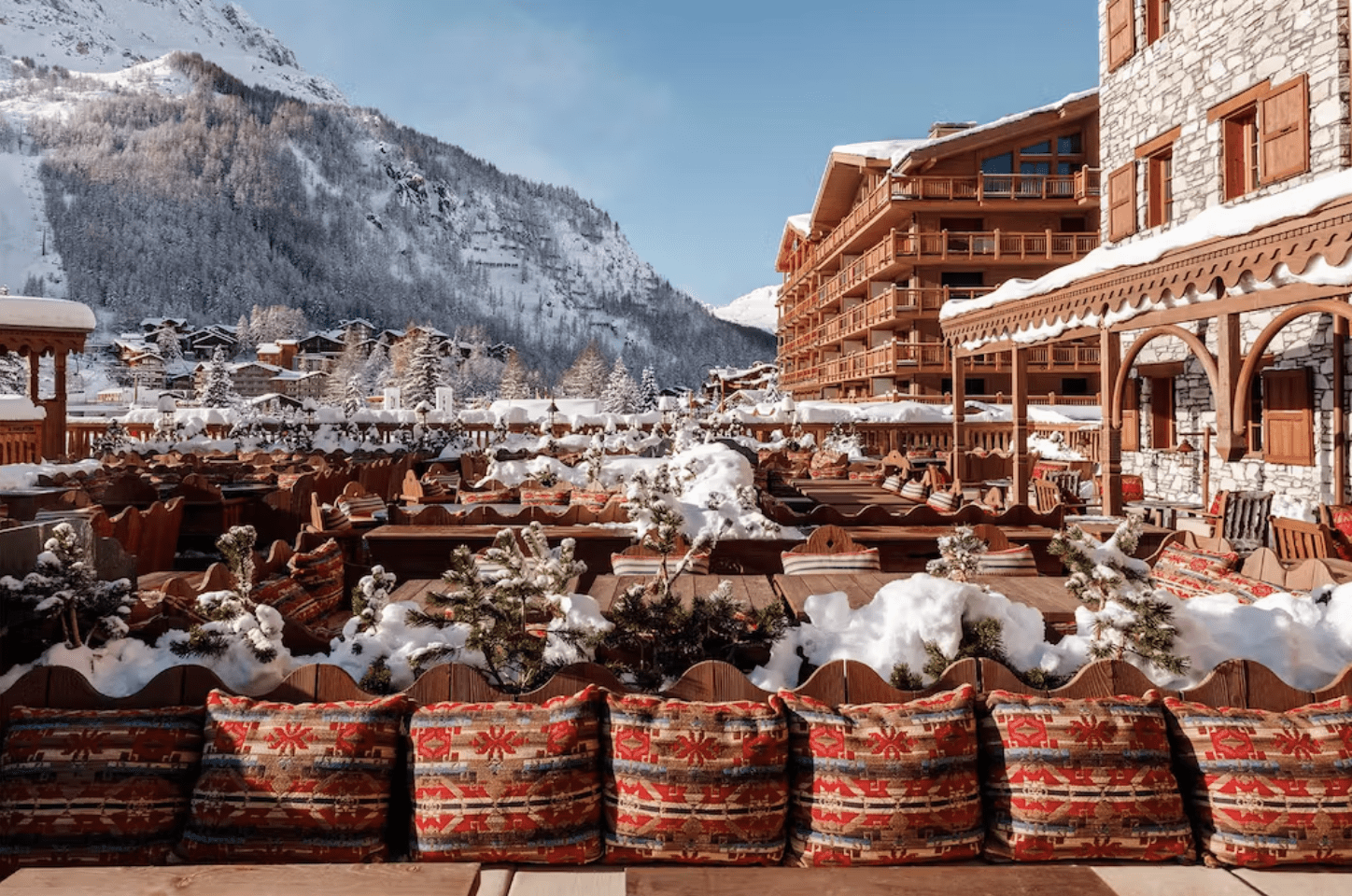
The sixth edition of the Airelles hotel group, joining properties in Courchevel, Merivel, St Tropez and Versailles, Airelles Val d’Isère occupies the most central ski-in, ski-out location out of any hotel in town. There are 41 rooms, including nine suites and five penthouse apartments, throughout the vast 19th century wooden chalet. The interiors combine velvet sofas, log burners, wood beams and Ralph Lauren plaid with more than 15,000 antiques dating to the 15th century. The hotel’s restaurant, Loulou Val d’Isere, is the first Alpine outpost of the Parisian icon, and serves their Italian menu with an après ski twist in the cosy dining room, where dried foliage forms an intricate canopy overhead. You can also eat outside on the sunny terrace, where DJs perform in the afternoon. La Grande Ourse, next door, is a traditional Savoyard restaurant dating to 1936 which has been acquired by the hotel, and serves raclette, fondue, tartiflette and other mountain classics in a wood panelled dining room.
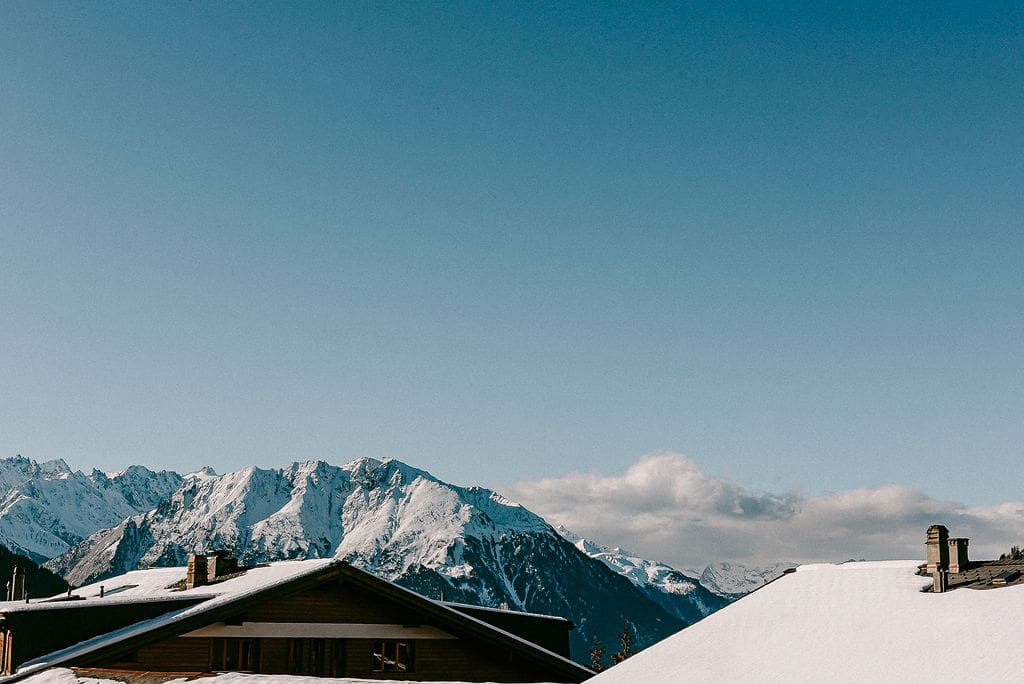
Switzerland
In the centre of the Alps, more than half of the small landlocked nation of Switzerland is covered by Alpine peaks and emerald glacial lakes. Bordering France in the west of the country is the canton of Valais, where the glitzy towns of Verbier, Crans-Montana and Zermatt can be found, while the centre is home to the Bernese Alps and the iconic massif of the Eiger, Monch and Jungfrau mountains. A train from Grindelwald or Wengen can take you up to Kleine Scheidegg and on up through the north face of the Eiger to the Jungfraujoch, the highest train station in Europe, positioned in the ‘saddle’ between the Jungfrau and Monch mountains.
The east of Switzerland, bordering Italy and Austria, is home to the largest canton, Graubünden, which in turn encompasses the Engadin Valley – one of the most famous and historic destinations in the Alps, crammed with grand 19th century hotels and contemporary guesthouses.
Experimental Chalet Verbier
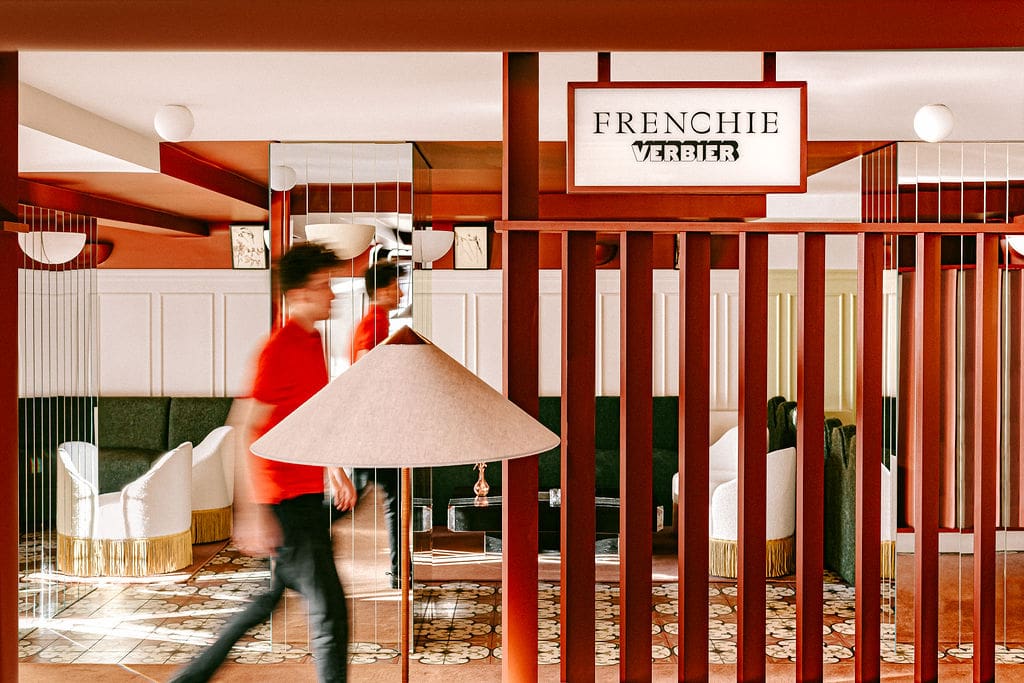
Experimental Chalet Verbier is the sole Alpine destination of Parisian-based Experimental Group’s growing portfolio of boutique hotels, restaurants, and cocktail bars. Perched in the energetic, ritzy resort of Verbier, Experimental Chalet offers panoramic views of the surrounding peaks and snow-capped Grand Combine massif. The 39 rooms and suites boast mid-century-inspired interiors by Milanese architect Fabrizio Casiraghi, along with Experimental Group’s signature jewel tones and brass accents. In place of a lobby, the bar acts as the focal point of the hotel, where Experimental Group does what it does best: mix perfect cocktails in a buzzy setting. A farm-to-table bistro offers contemporary takes on traditional Alpine cuisine, and a basement club – Farm Club – keeps things pumping until the early hours.
Hotel Crans-Montana Valaisia by Faern

On the opposite side of the Rhône Valley, Crans-Montana has a more laid-back energy than some of its larger neighbours, although there’s still Cartier, Louis Vuitton and Hermès boutiques in town, so it’s not without its constituent glam. Set on a south-facing plateau at 1,500 metres, with views from the Matterhorn to Mont Blanc, the twin towns of Crans and Montana get plenty of Alpine sun year round. The resort is also an accredited leader of the ‘Swisstainable’ programme, which commits to comprehensive sustainability across all tourism providers.
Hotel Crans Montana Valaisia is a 134-room hotel run by Faern, a collection of Swiss alpine hotels that takes its name from the German feiern, ‘to celebrate’. Their properties are geared towards bringing people together for care-free outdoor experiences, which they neatly describe as ‘altitude living’. Hotel Crans Montana Valaisia has a restaurant and a speakeasy cocktail bar designed in a modern mountain sensibility, and offers the largest wellness suite in town – so if you’re up for staying in, you can be safe in the knowledge that you will be fully pampered.
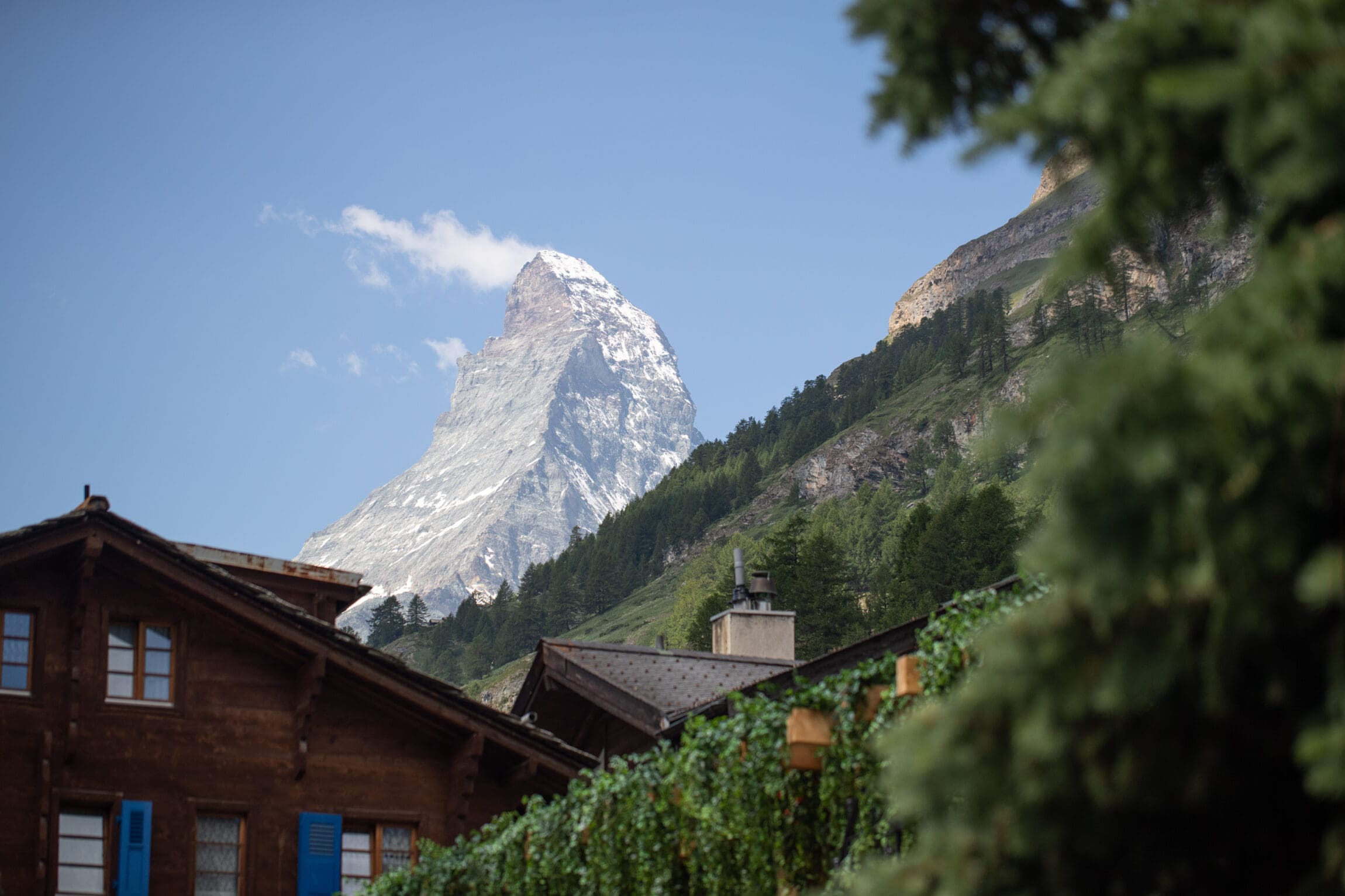
Zermatt
Zermatt, in the German-speaking portion of Valais canton, is one of the Alps’ most quintessential ski resorts, encompassing centuries-old wood and stone chalets, a car-free centre, and the iconic Matterhorn towering above. Bahnhofstrasse, in the centre of town, is lined with boutiques, restaurants and bars, and boasts a lively après scene. The ski area includes the highest altitude pistes in all of the Alps, with ski lifts ascending up to 3899 metres, and is linked with Cervinia in Italy. The off-piste is particularly famed: ski tourers take on the Haute Route each year – a four-day backcountry tour from Verbier to Zermatt, crossing deserted valleys and peaks, and staying in remote mountain huts along the way.
As the town is car-free – save for electric-powered public service vehicles – the only way to reach Zermatt is by train, with direct services running from Geneva and Zurich each hour.
Hotel Schweizerhof Zermatt
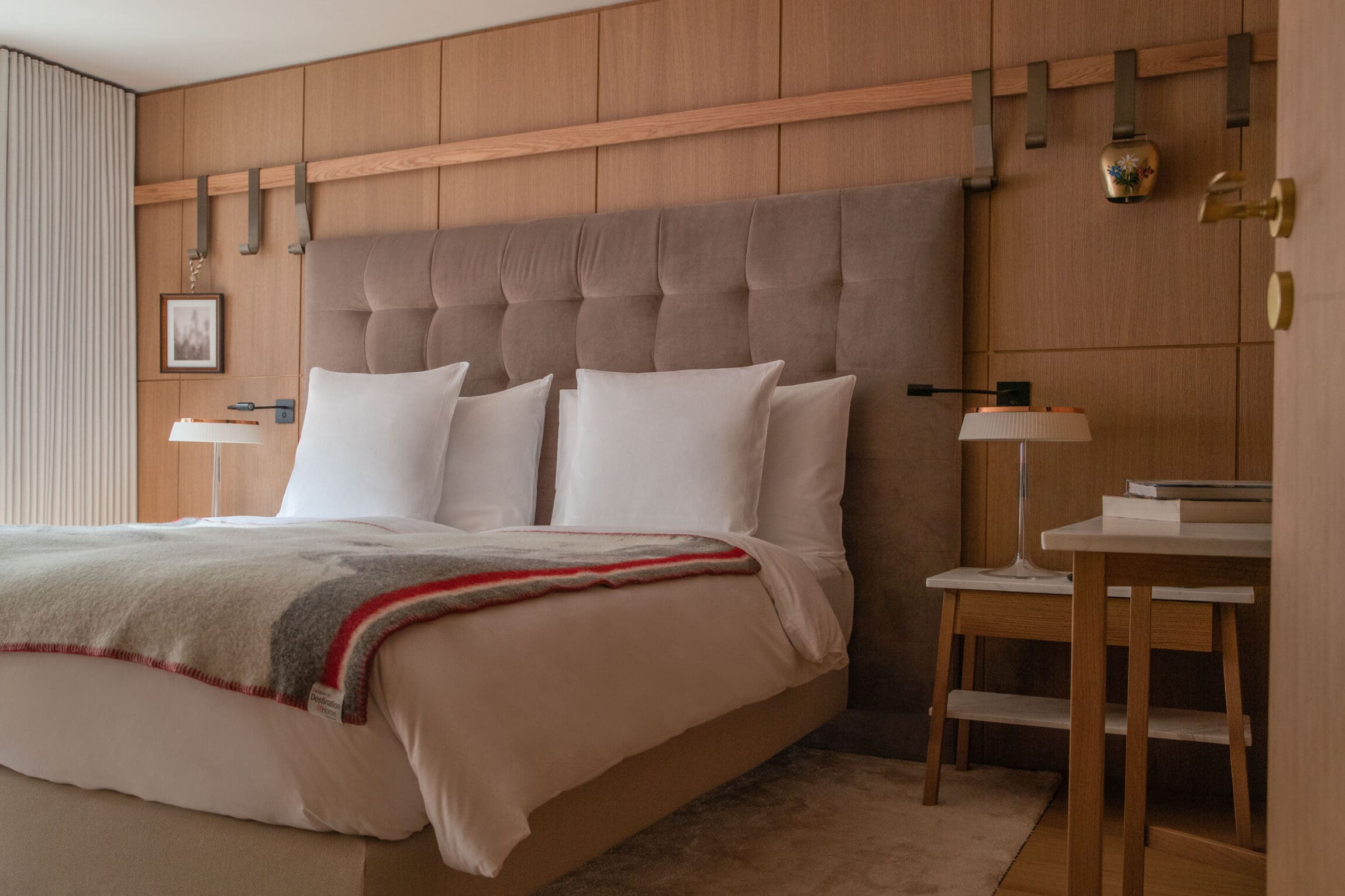
On the central Bahnhofstrasse, Hotel Schweizerhof combines a laidback, mid-century interior with classic Alpine buzz. All 95 rooms are elegant and minimal, with marble ensuites. The ground floor lobby extends into an open kitchen, where DJs perform in the evenings. La Muña restaurant serves Peruvian-Japanese fusion, while the Cheese Factory restaurant in the basement is dedicated to all forms of fondue. There’s also a fumoir, where guests press buzzers to order cigars and whiskies. The hotel was renovated by French hotelier Michel Reybier, known for his La Réserve hotel group, as well as his involvement in Mama Shelter. Hotel Schweizerhof offers a laid back elegance that treads the line between swish and down to earth perfectly.
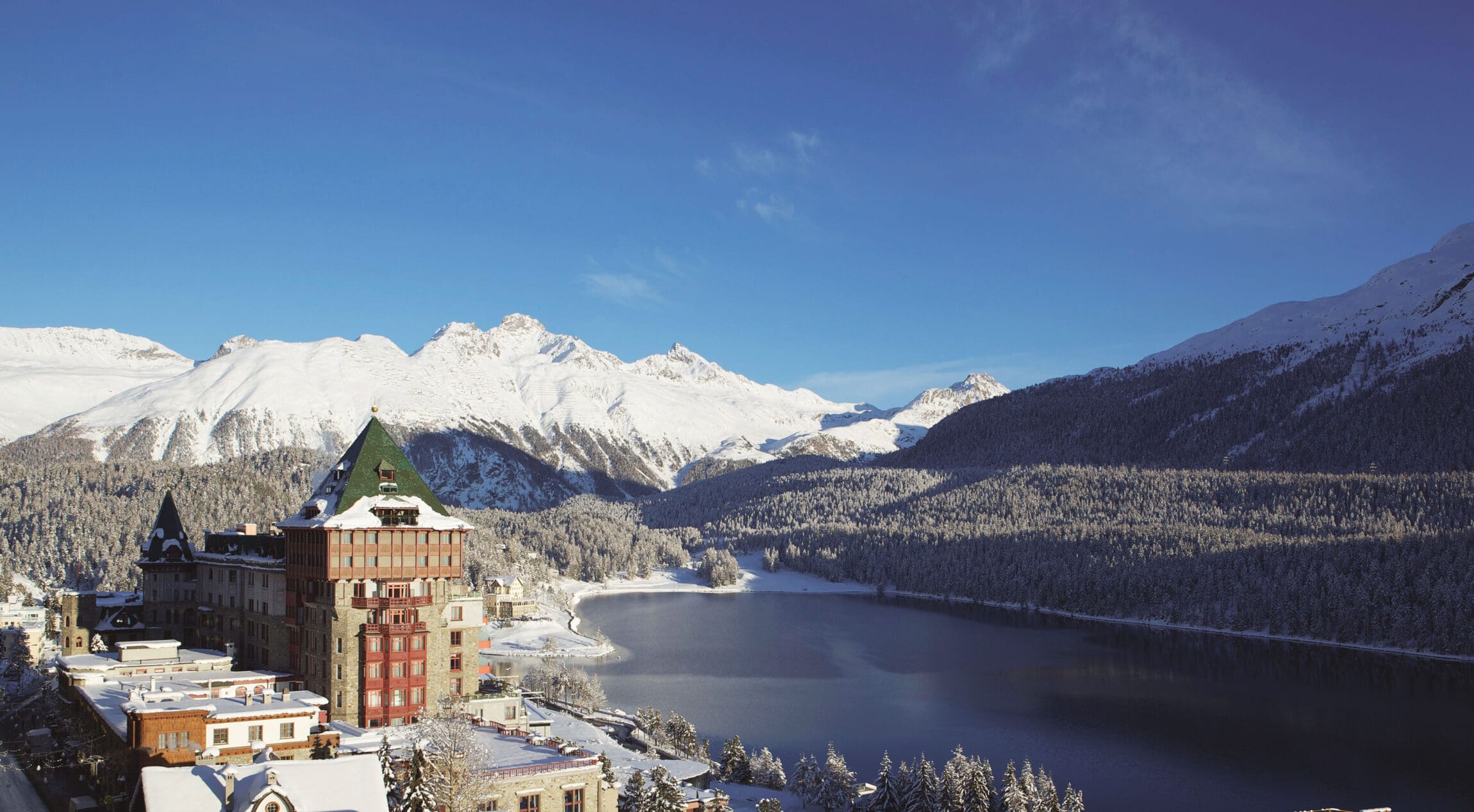
St Moritz, Engadine Valley
St Moritz, in the Engadin valley of Graubünden in East Switzerland, is one of the most historic ski towns in all the Alps, and probably the most glitzy: Cartier host polo world cups here, an annual horse race is held on the frozen Lake St Moritz every February, and an insane collection of boutiques from some of the biggest fashion houses in the world line its high streets. St Moritz is another world, where guests can expect to be treated like royalty (which is just as well, because many of them are anyway). Some of the first Alpine hotels were built here in the 19th century, which in turn ushered in European tourism as we know it today.
Badrutt’s Palace, St Moritz
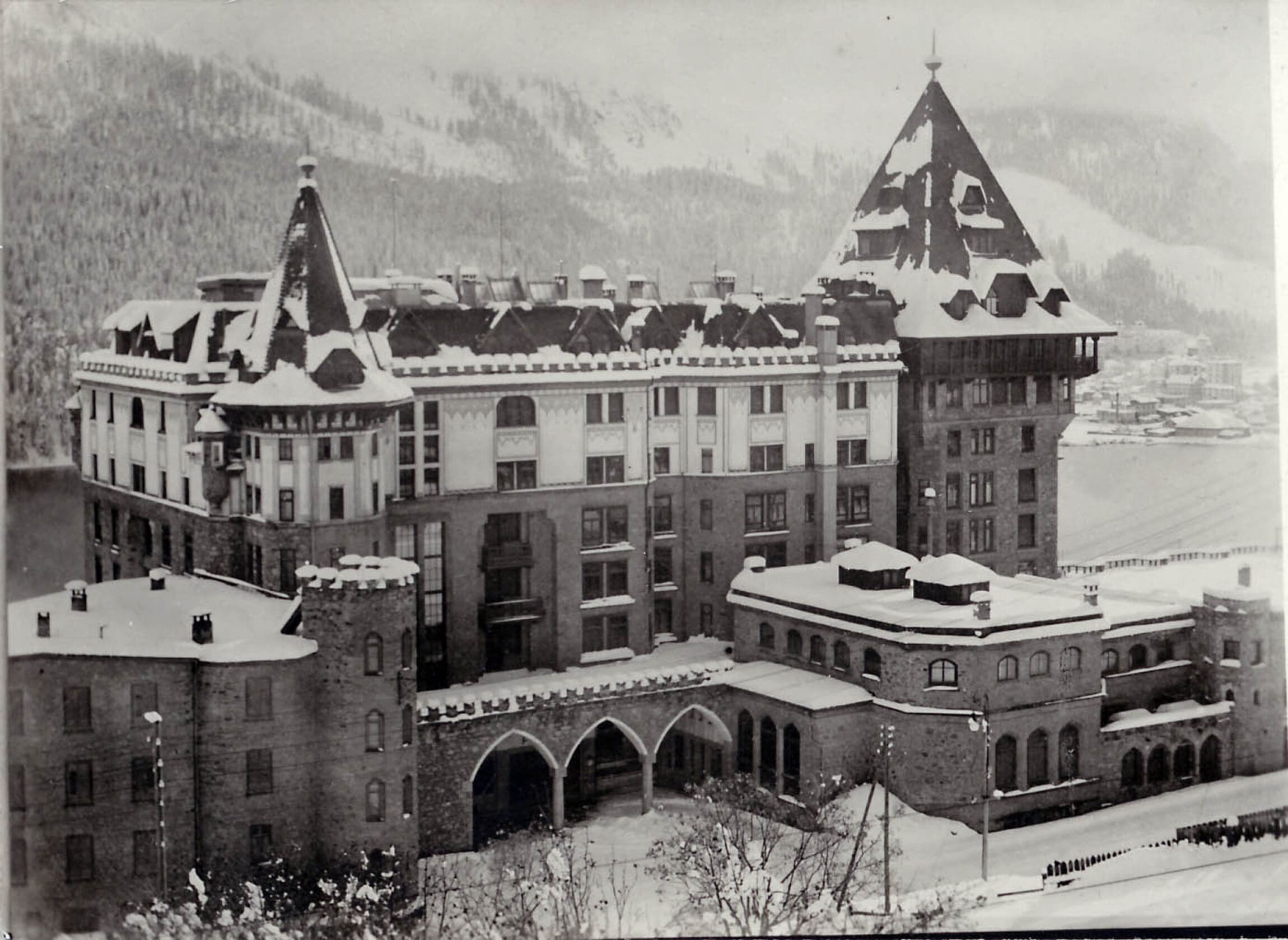
At the centre of it all is Badrutt’s Palace, which has got to be one of the closest contenders to a real life Grand Budapest Hotel in existence. Built in 1896 in a stately neo-gothic style, its founders Johannes and Caspar Badrutt imbued the hotel with old world grandeur. Ornate wooden carvings sweep the ceilings in the restaurants, bars, spas and 155 guestrooms, where towering windows frame views of Lake St. Moritz and the dramatic peaks behind. Staying in Badrutt’s Palace is an Alpine experience at its most palatial, with turrets, ballrooms, terraces and antique furniture, paintings, rugs and wallpapers to be explored. You’d be forgiven for expecting Ralph Fiennes to sweep past in hotel concierge garb at any moment.
Krone Säumerei am Inn, La Punt-Chamues-ch
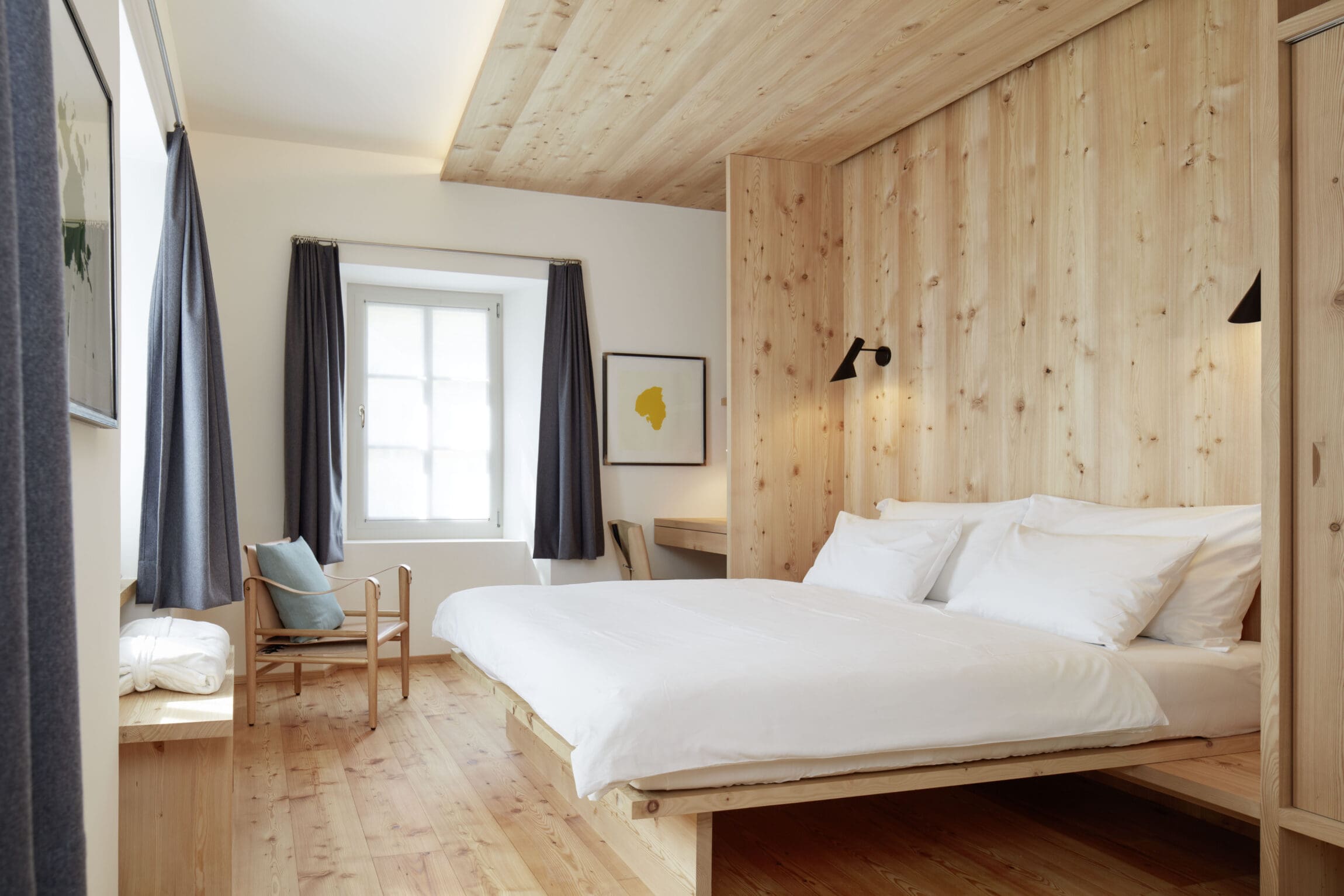
The Engadin is well-known for housing glitzy ski town St Moritz, but further down the valley offers a delightful, lesser-known destination. In the small village of La Punt Chamues-ch is Krone Säumerei am Inn, a 16th-century guesthouse that has been renovated into a contemporary Michelin-starred restaurant with rooms.
The manager and chef de cuisine James Baron has led Michelin-starred establishments in the UK, Austria and the Landmark Mandarin Oriental in Hong Kong, and brings all this experience to La Chavallera, Krone’s six to eight-course tasting menu restaurant. This is the centrepiece of a stay here: the restaurant is housed in a glass pavilion extension, with views over the fast-flowing River Inn. The dishes are paired with local wine suggestions and each dish is hugely inventive, balanced and deep with flavour. There is also an a la carte restaurant, where guests are invited to dine in more traditional, stubli-style surroundings.
Upstairs, the 17 rooms are minimal and calming, clad entirely in untreated zirbe wood – a local species of stone pine whose scent has been proven to lower one’s heart rate – resulting in a tranquil atmosphere in each room. Surrounding the hotel and lining the river is an edible garden, planted with care to withstand the cold winters at this elevated position. For inventive and moving food, in an elegant, minimal setting, a stay at Krone is hard to beat.
Faern Arosa Altein
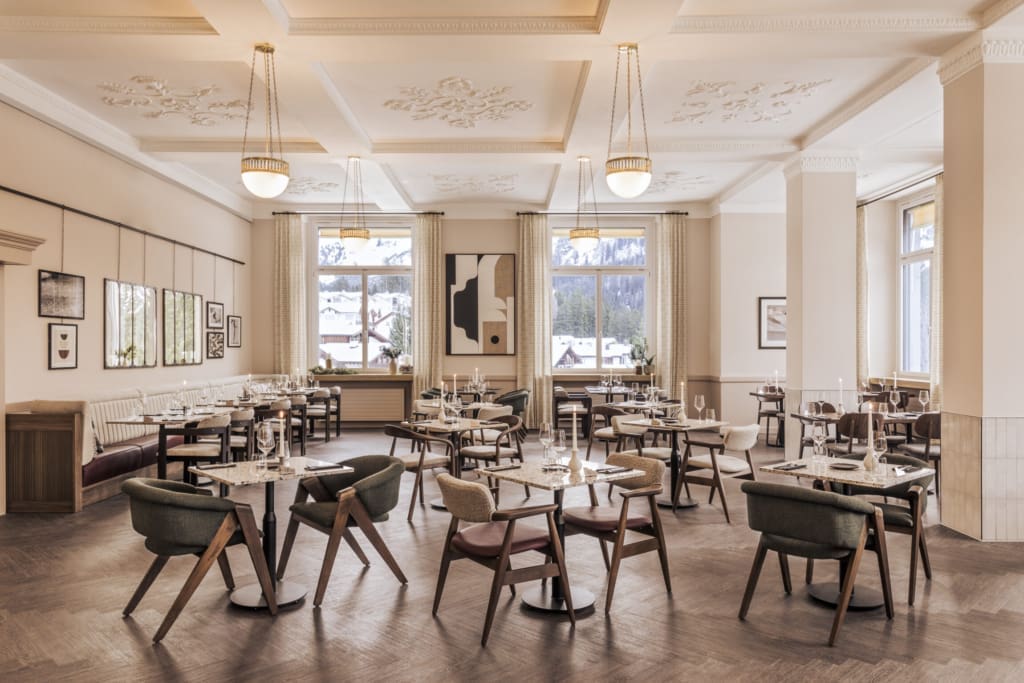
The compact ski town of Arosa makes for a relaxed ski break, away from the pomp of the larger resorts. At 1800 metres above sea level, the town is accessed by a cog train that ascends in an unhurried curve up the valley from Chur – the capital of Graubünden. Exiting the train station, you are greeted immediately by one of the town’s four small lakes, with restaurants, hotels and chalets dotted along the hillside.
A short walk from the station is Faern Arosa Altein, a grand 1920s hotel that has been sensitively renovated by London-based design studio Run For The Hills and reopened under Faern’s management in 2022. Each of Altein’s 121 rooms has views of the nearby mountains, lake, and town church on the hill. Guests have two restaurants to choose from: the rooftop bar and a la carte restaurant Alpensand, where a balcony overlooks the lake below and DJs play in the evenings, and the set menu Zus Brasserie on the ground floor, where soaring ceilings and windows lend a stately elegance to proceedings. Arosa Altein’s wellness area is also excellent, and boasts a heated indoor pool with water rapids, a steam room, two saunas, a plunge pool, flow river, and infra-red cabin. For clean contemporary interiors in a grand setting, and tranquil views over a more peaceful corner of the Alps, Faern Arosa Altein makes for a lovely stay.
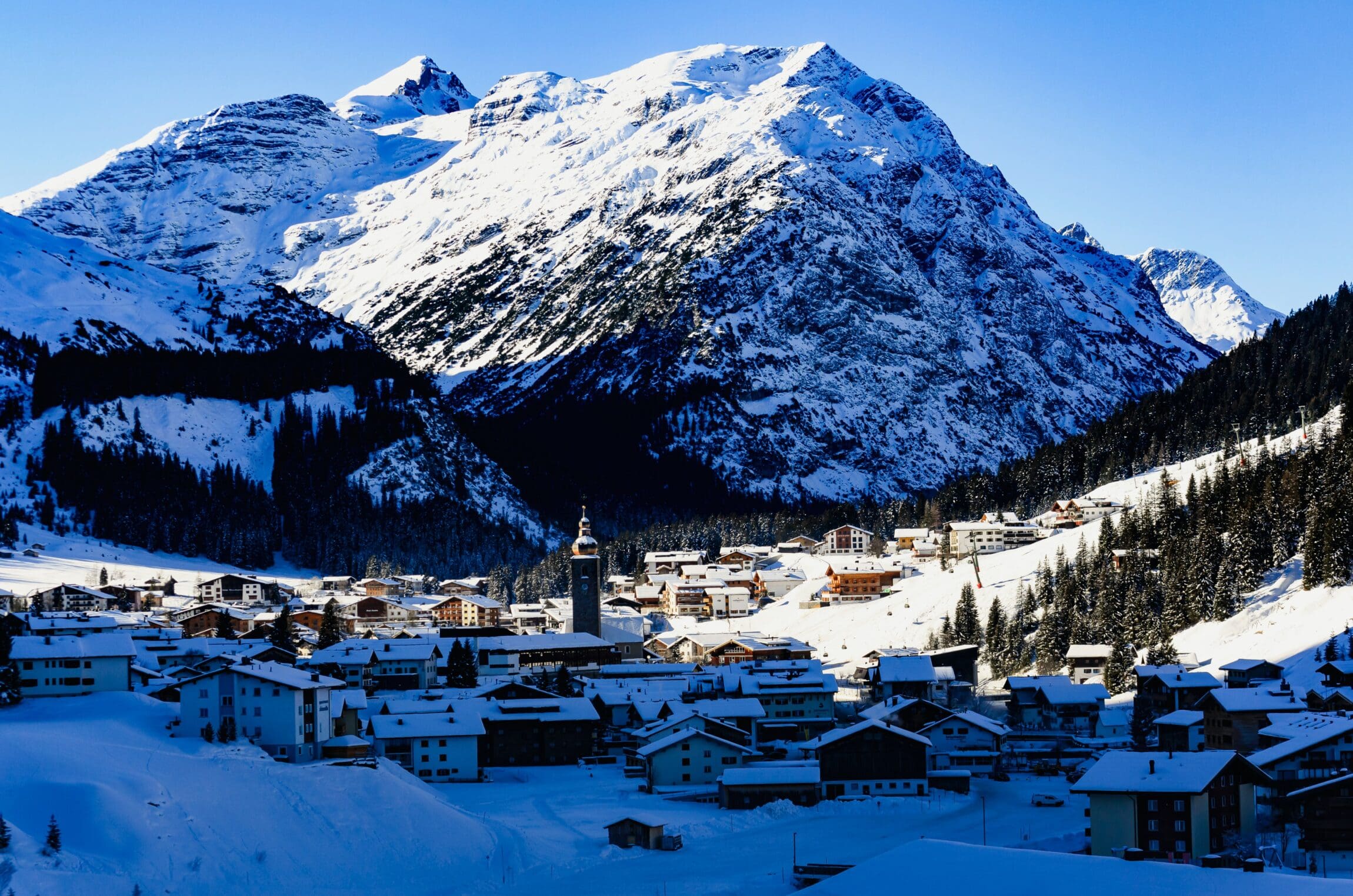
Austria
Austria enjoys the largest share of the Alps of any country, and encompasses the Central and Eastern ranges. The best skiing is found in the Vorarlberg, Tyrol and Salzburg regions. Straddling the first two is the St Anton am Arlberg resort, which takes in around ten villages and towns scattered across the valleys. In 2016, a new gondola linked Zürs to Stuben, making it the largest connected ski area in Austria.
St Anton am Arlberg
St Anton in the Tyrol side of the resort is often referred to as the ‘cradle of alpine skiing’ for its role in the invention of the sport. Hannes Schneider, born and raised in the Arlberg, developed his ‘Arlberg’ technique here, and the first ski school was built in the town in 1921. Today, St Anton am Arlberg is celebrated for its short sharp slopes, endless off-piste opportunities, and rambunctious après bars, where dancing on tables and trays of beers and Jägermeister are par for the course. The town is also known for its New Year’s Eve celebrations, where thousands of people gather in the streets to watch the fireworks display.
Himmlhof, St Anton
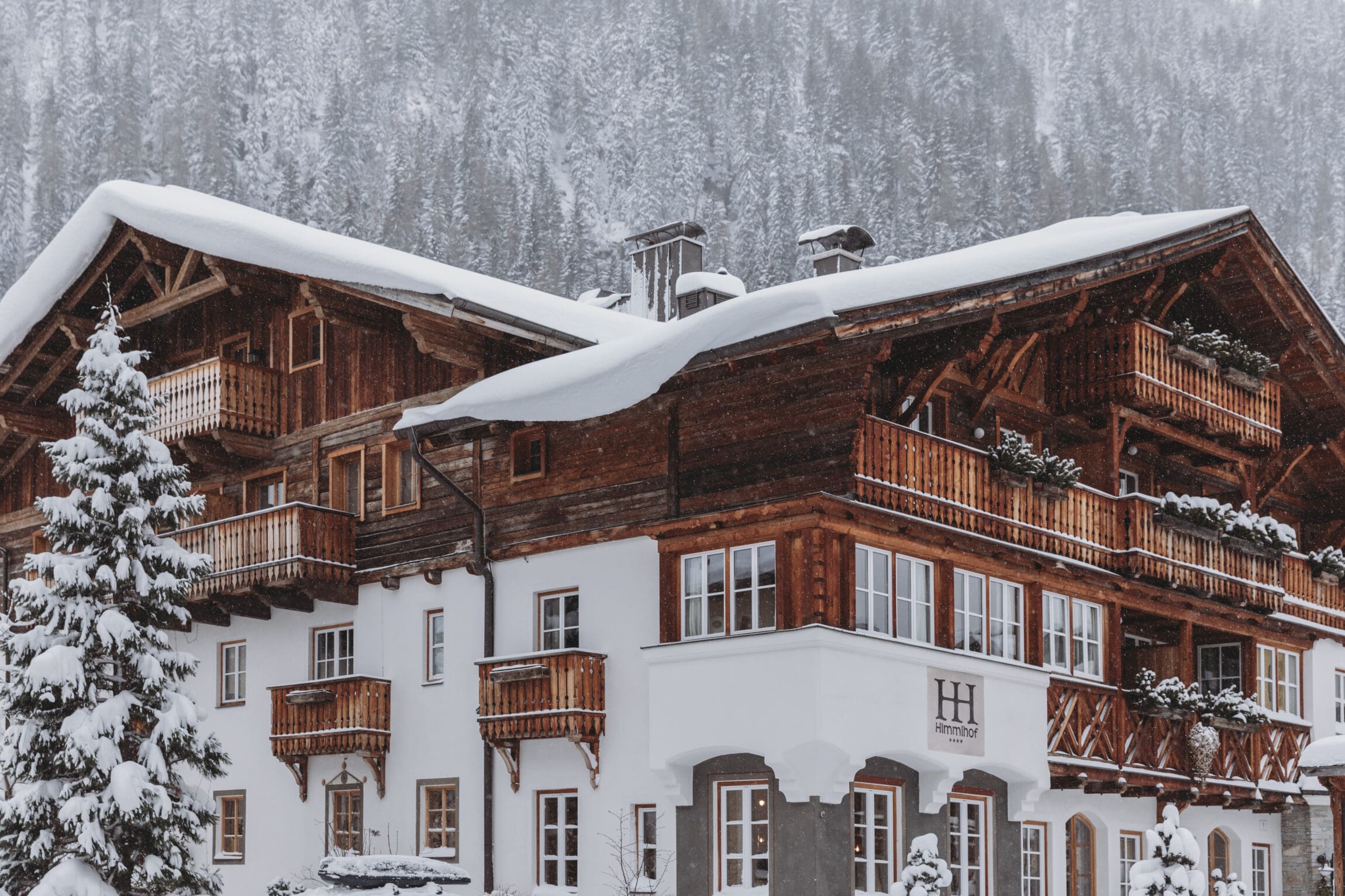
On a quiet side street near the centre of town is a small boutique bed and breakfast hotel that combines Tyrolean charm and personal service with modern convenience. Himmlhof is a renovated 17th century farmhouse with 15 rooms and suites. Traditional exposed wood and open fireplaces throughout the interior make it feel as if you are staying at a local family’s beautiful home – which, in essence, you are: the Penz family are the third-generation owners of the hotel. There’s an expansive spa that includes a sauna, steam bath, cooling pool, waterbeds, and relaxation areas with teak loungers, as well as a treatment room. In the morning, the open lounge area and Staffler Stube parlour are charming, traditional spaces to enjoy your breakfast.
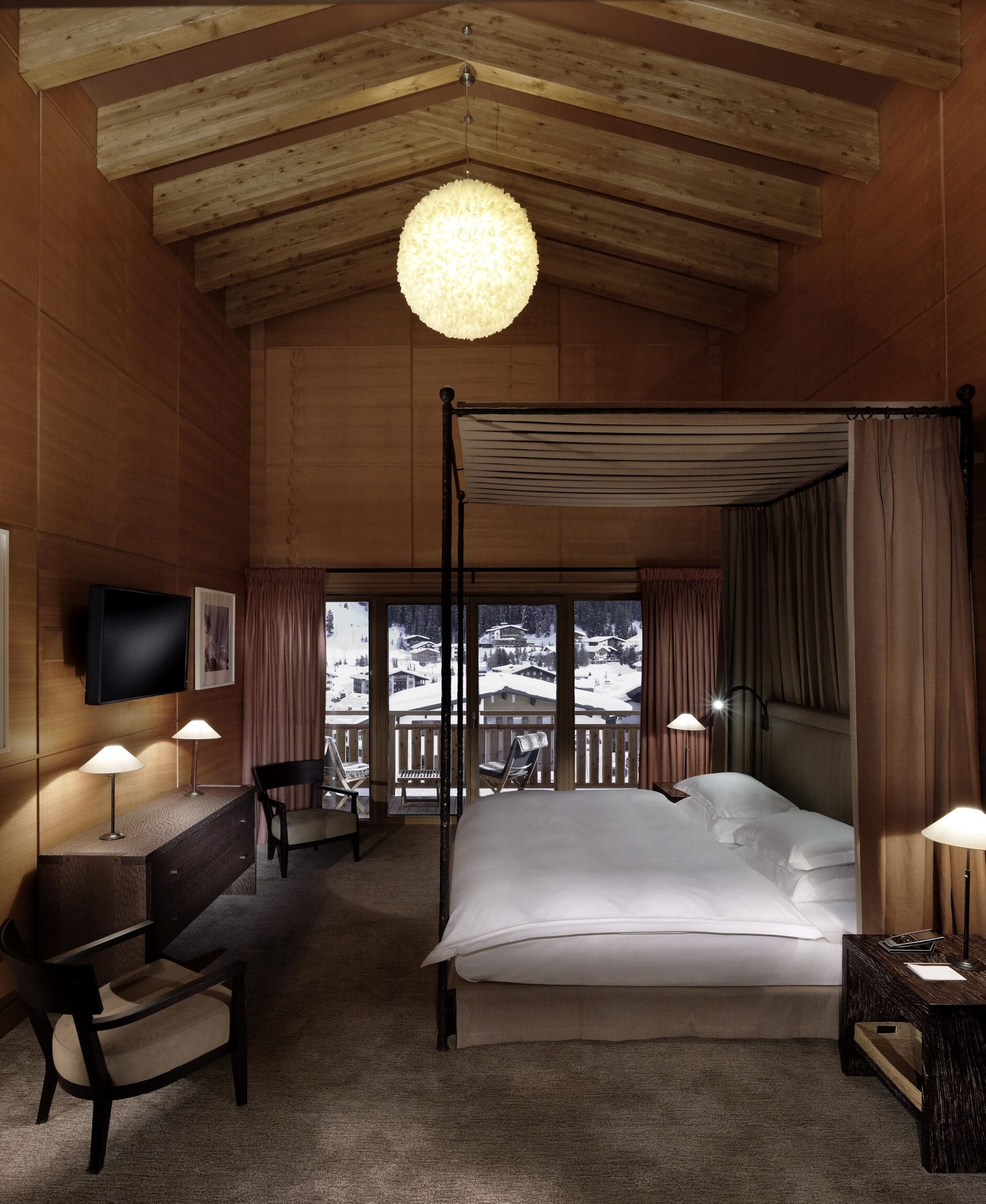

Hotel Aurelio, Lech
At the centre of the Arlberg region is Lech, a traditional Alpine village replete with its namesake river, rolling alpine meadows, and a classic Austrian onion dome church. It is quieter and more low-key than some of the glitzier resorts, which is at odds with its clientele: Princess Diana famously favoured Lech, and taught young Prince William and Harry how to ski here.
Lech has impressive green credentials. The village has been carbon neutral since 2019, limiting its avoidable emissions and off-setting unavoidable ones with accredited environmental protection programmes. Since 2020, the combined Lech and Zürs ski area runs entirely on renewable electricity, meaning all lifts, mountain restaurants, and snow-making facilities are powered by hydroelectricity, saving an estimated 1265 tons of CO2 emissions every year. Locally sourced wood chip is used in biomass heating plants, producing enough energy to heat close to 100 per cent of all households and businesses in Lech, Zug, Oberlech and Zürs, saving around 24,000 tons of CO2 emissions annually. Lech and Zürs also consciously limit the two villages’ capacity for visitors to 10,000 guest beds, ensuring a sustainable level of tourism to the region.
As for where to stay, Hotel Aurelio is a refreshingly compact hotel of only ten rooms, with a separate chalet that can be booked out, with its own wellness suite and terraces. The hotel rooms are all pine-clad comfort and cosines, and the hotel boasts a sun terrace, an indoor lounge and a traditional restaurant.
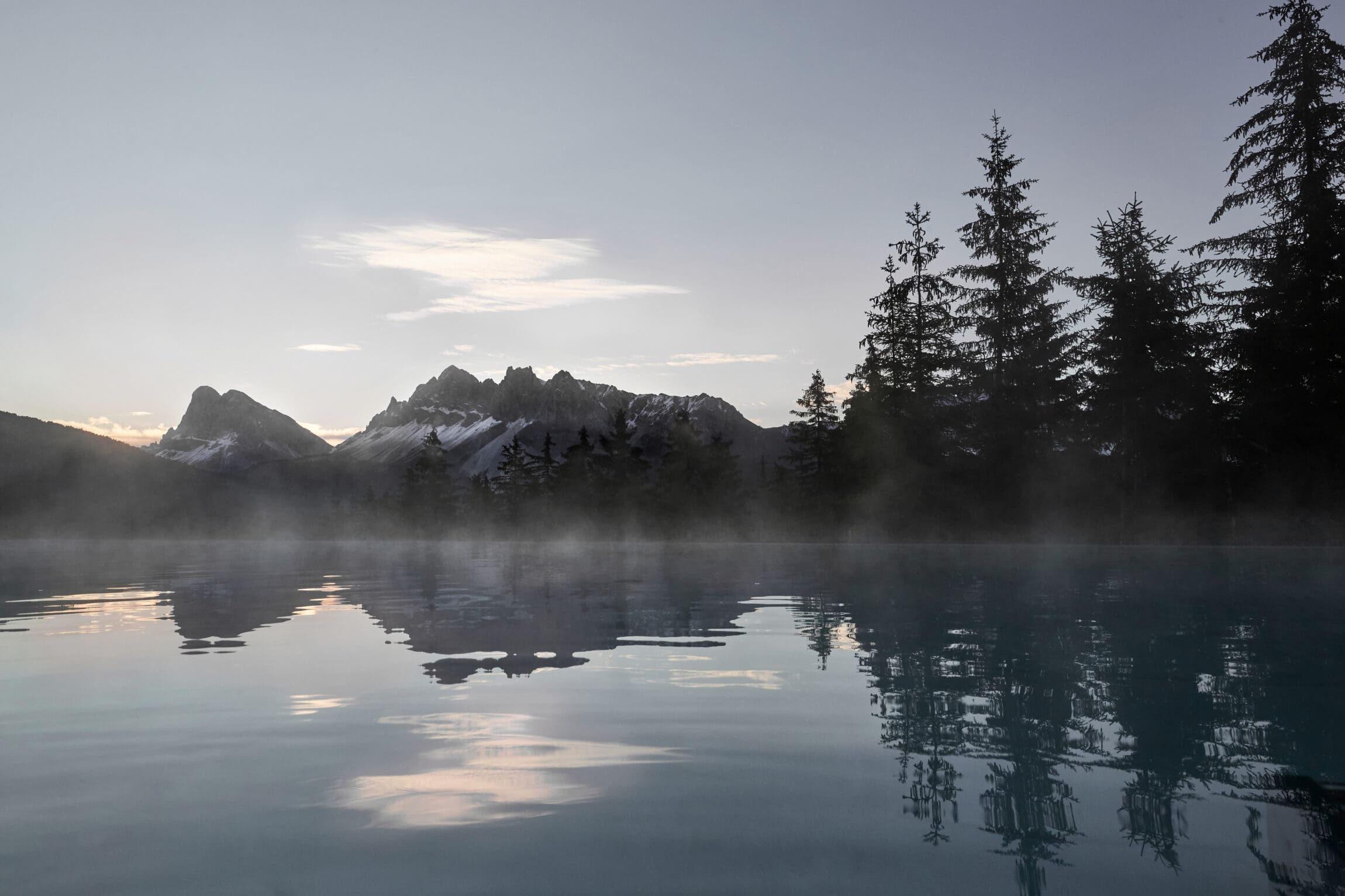
Italy
Italy offers the chance to combine outdoor winter adventures with Italian cuisine – an easy choice for many. Its mountains lie along the full length of the range, from the eastern slopes of Mont Blanc in Courmayeur, along the south of the Matterhorn and the Swiss Alps, to the limestone peaks of the Dolomites in the east.
Adler Lodge Alpe, Alpe di Siusi
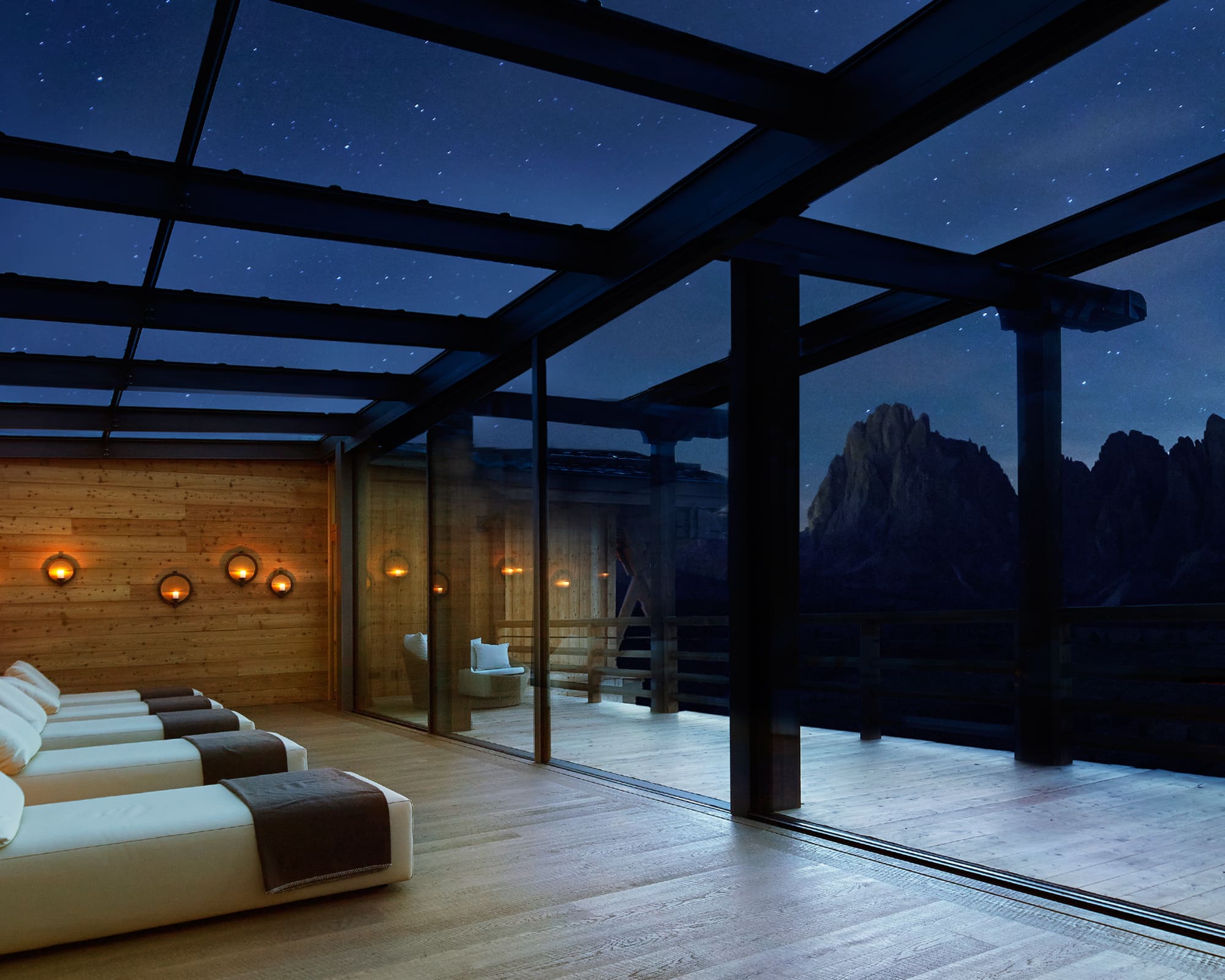
It’s here – the Dolomites – that offer the most iconic Italian Alpine experience. South Tyrol in particular makes for a fascinating destination. The region was formerly part of the Austrian Empire, and during the peace process following the first world war, was handed to Italy, resulting in a fusion of Austrian and Italian culture. Legendary alpinist Reinholt Messner, the first person to climb all of the world’s 8000-metre peaks, is from here, and has embedded several sleek, modernist museums about its summits, all dedicated to the history of mountaineering.
In this region, on the undulating plateau of the Alpe di Siusi, lies Adler Lodge Alpe. The intimate retreat overlooks a rolling Alpine meadow, cut with swathes of dark spruce, and flanked by jagged limestone peaks. Inside, the Lodge’s 18 suites and 12 chalets are panelled with the same spruce that grows outside; the sauna is fuelled by hay from the surrounding meadows; the loft level spa looks out towards the mountains, and the outdoor pool reflects the rock faces above. You can rent your outdoor equipment straight from the ski room in the hotel, and can set off on downhill, cross-country or snowshoe excursions straight from the front door. The majority of the food served in the restaurant is locally sourced, minimising air miles and hotel carbon emissions, as well as supporting local businesses.
Forestis Dolomites
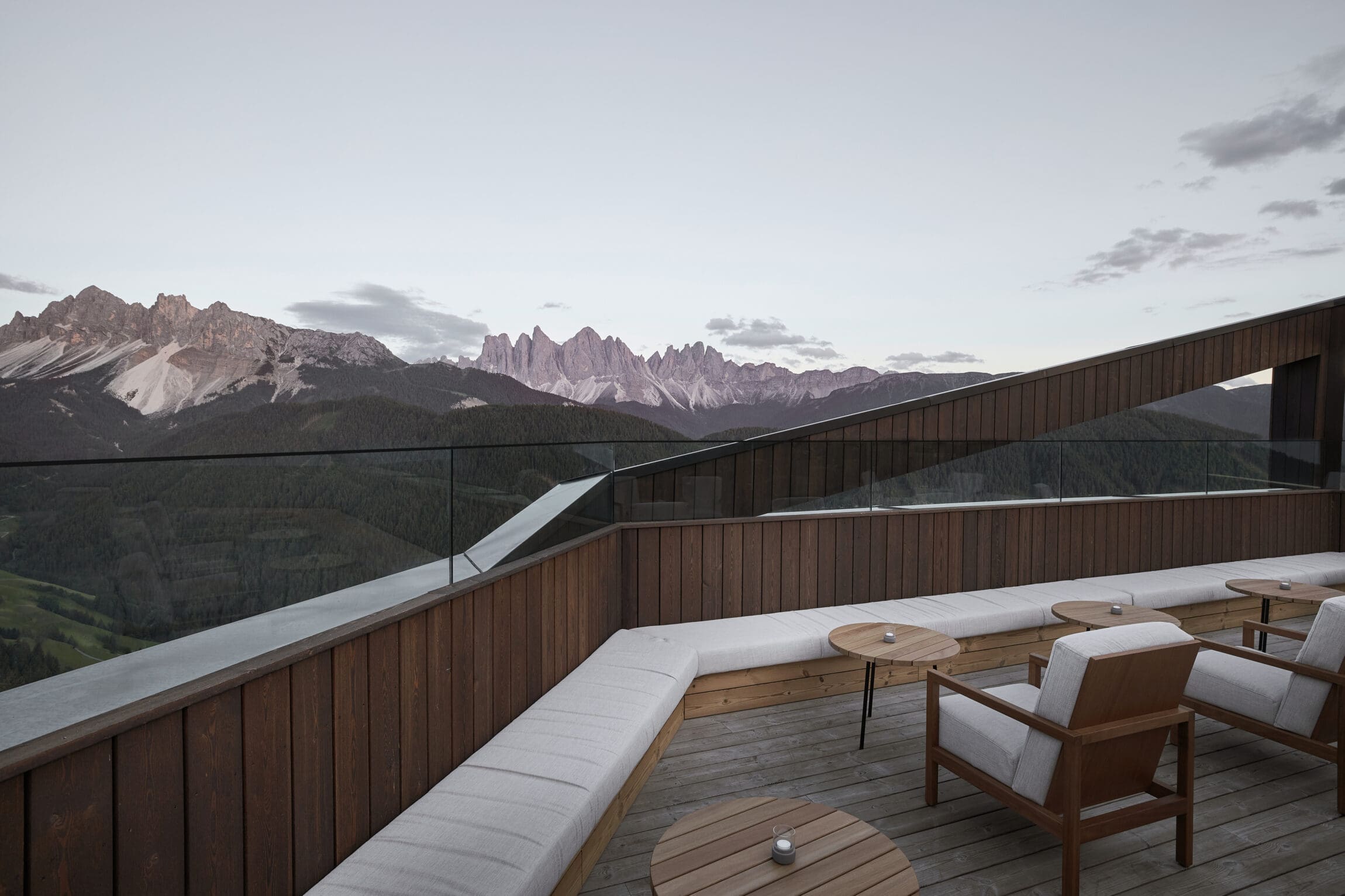
On the southern slopes of Plose mountain at 1800 metres elevation, Forestis is a carbon-neutral contemporary mountain retreat in a ski-in, ski-out position. All energy required to operate the building is 100 per cent renewable and sourced via the retreat’s plant and wood chip heating system. The hotel’s 62 luxurious suites are minimally designed and clad in local untreated timbers, while vast windows and secluded terraces frame views of the jagged Dolomite peaks. The restaurant sources local produce from nearby suppliers and combines it with produce from the Forestis garden, as well as foraged ingredients from nearby woodland, and operates on a zero plastic, zero waste model. The in-house spa uses 100 per cent natural ingredients and is inspired by the surrounding native trees.
Odles Lodge
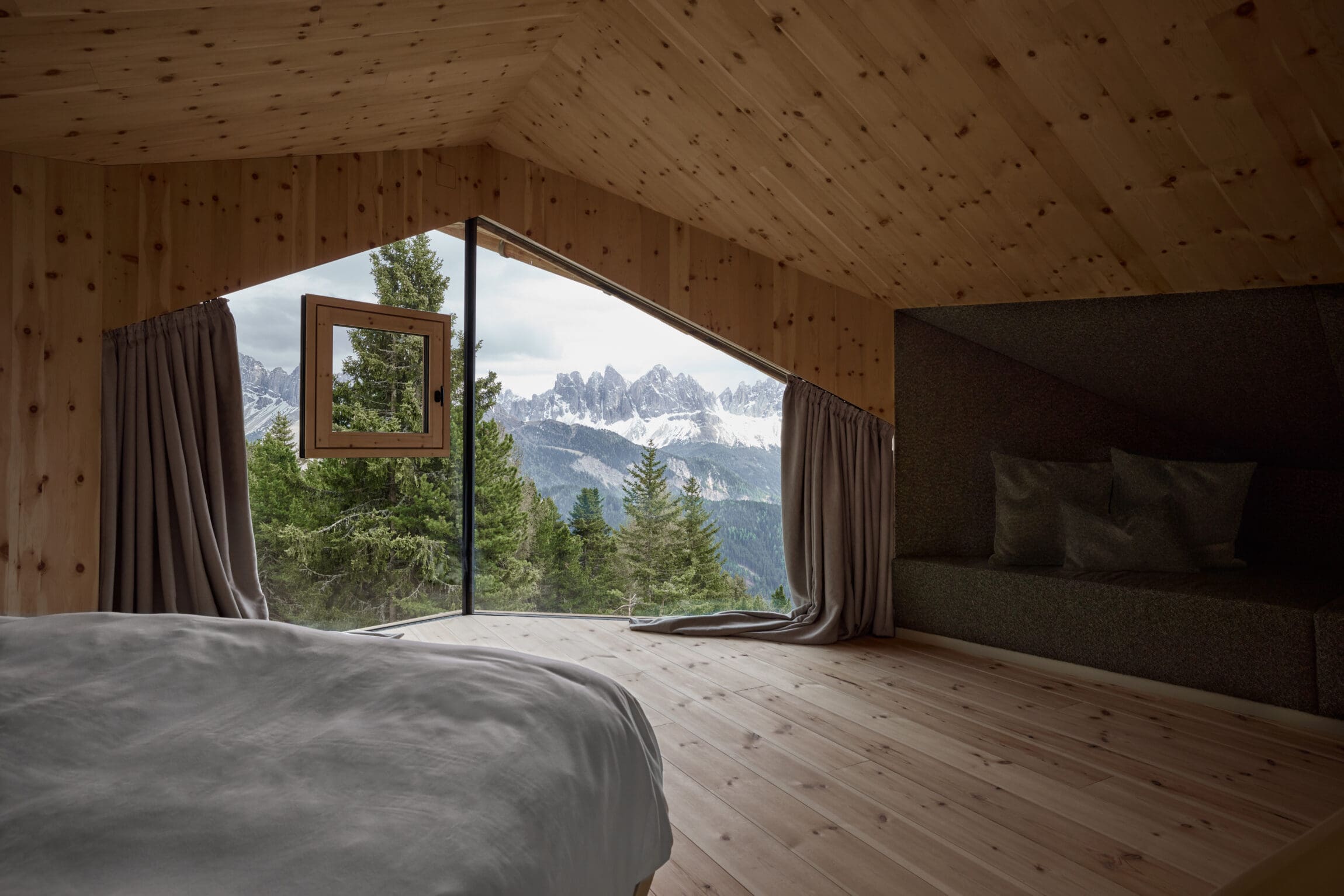
In 2023, Forestis launched Odles Lodge, a collection of four private lodges available to rent for adult-only groups. The standalone chalets were designed by Armin Sader of Assaggio Architects and constructed in local spruce and zirbe pine, producing a serene atmosphere inside. There is a private spa for the exclusive use of Odles Lodge guests, including a communal swimming pool, steam room and sauna – and guests have additional access to the spa facilities and treatments at Forestis spa, down the hill. The lodges are also run using 100 percent renewable energy, and breakfasts featuring local produce are delivered each morning.


